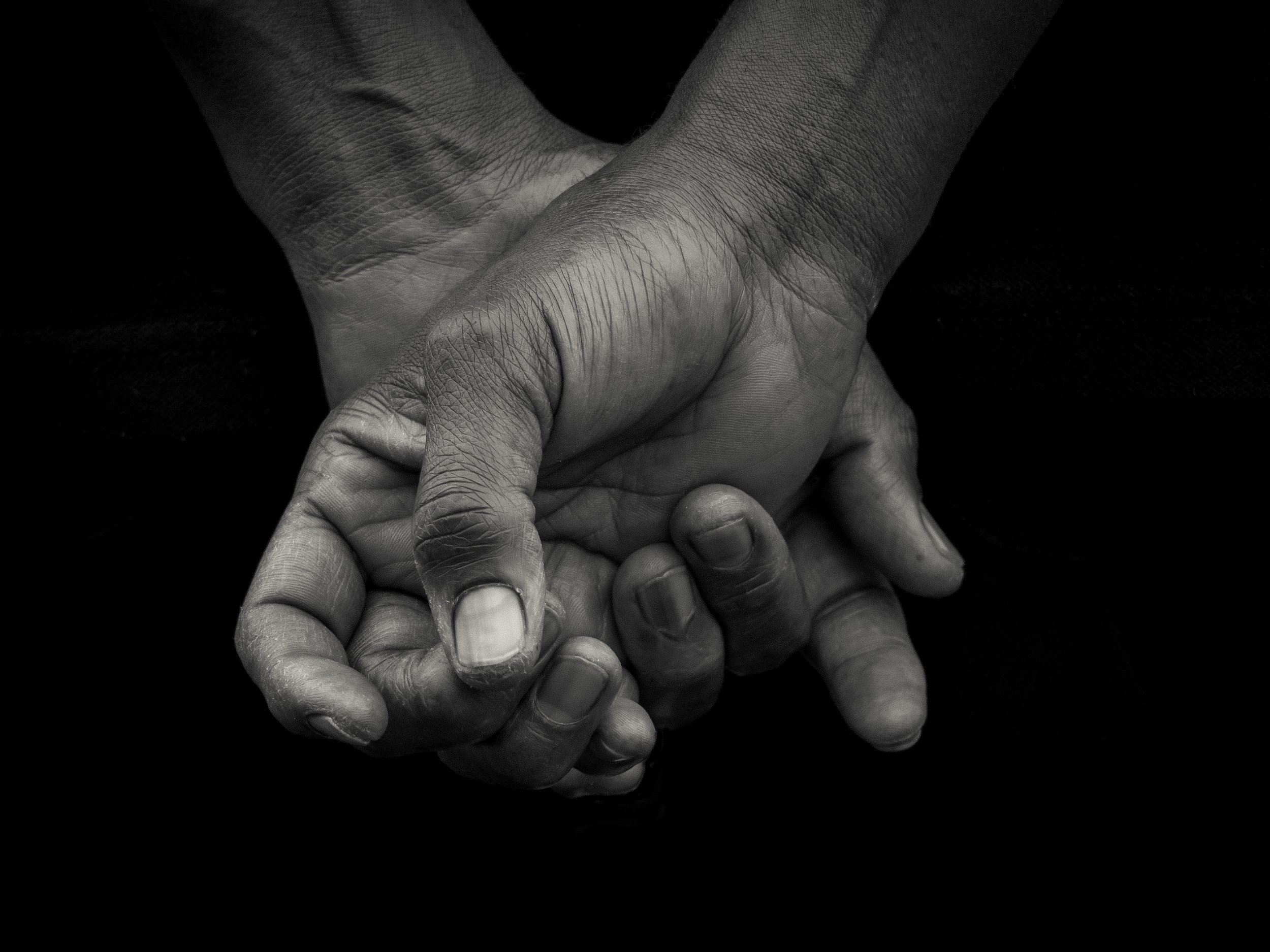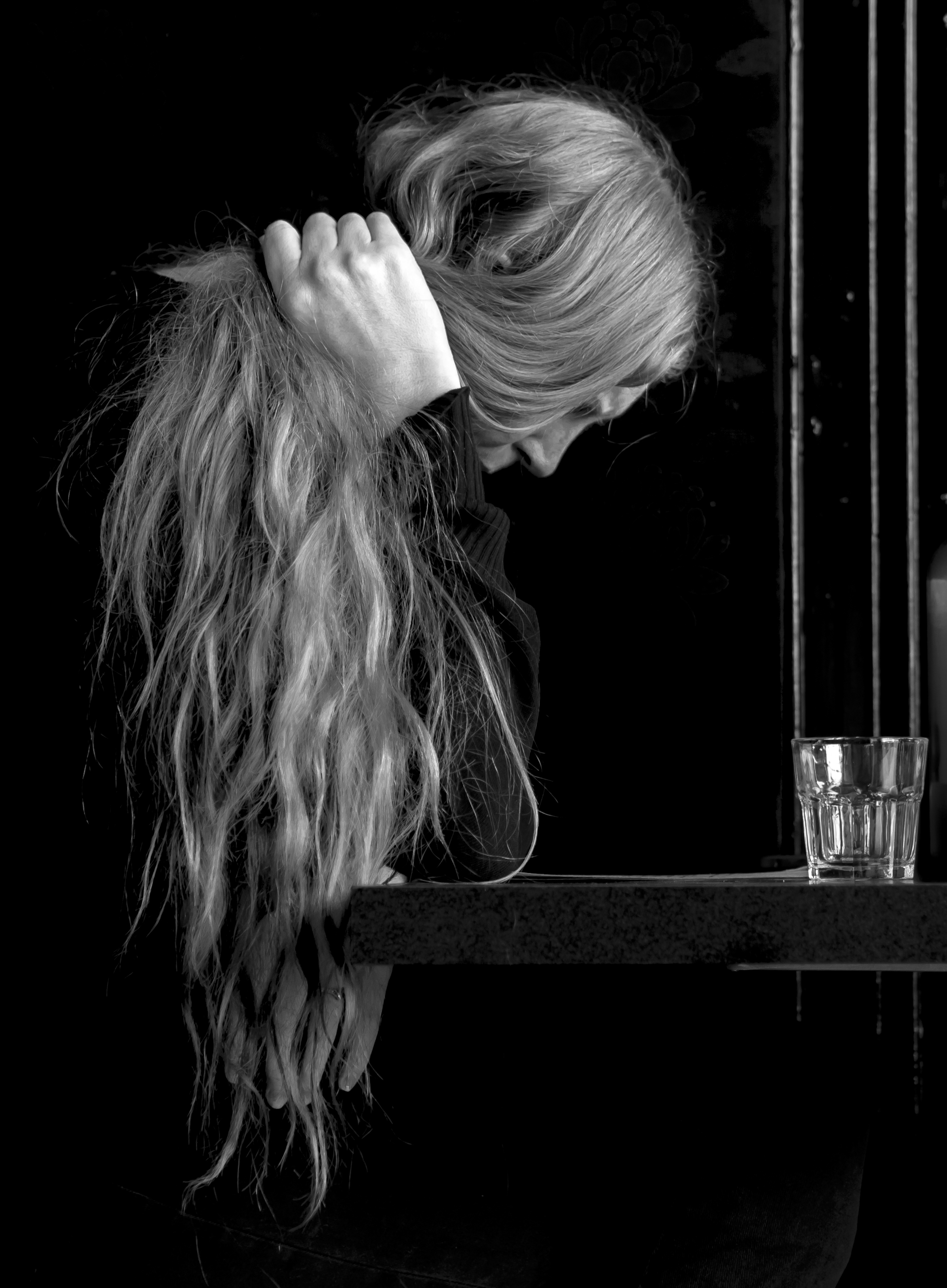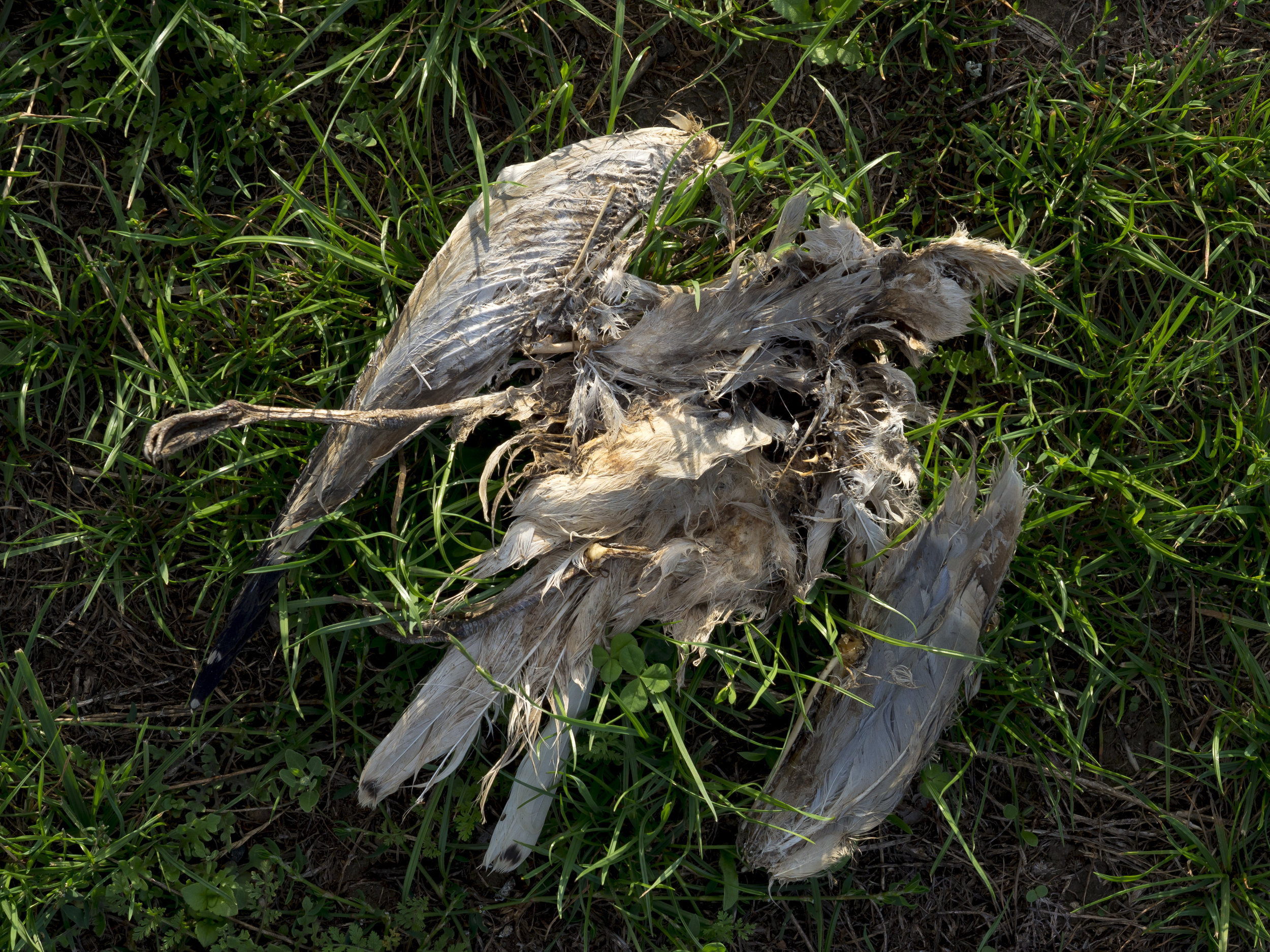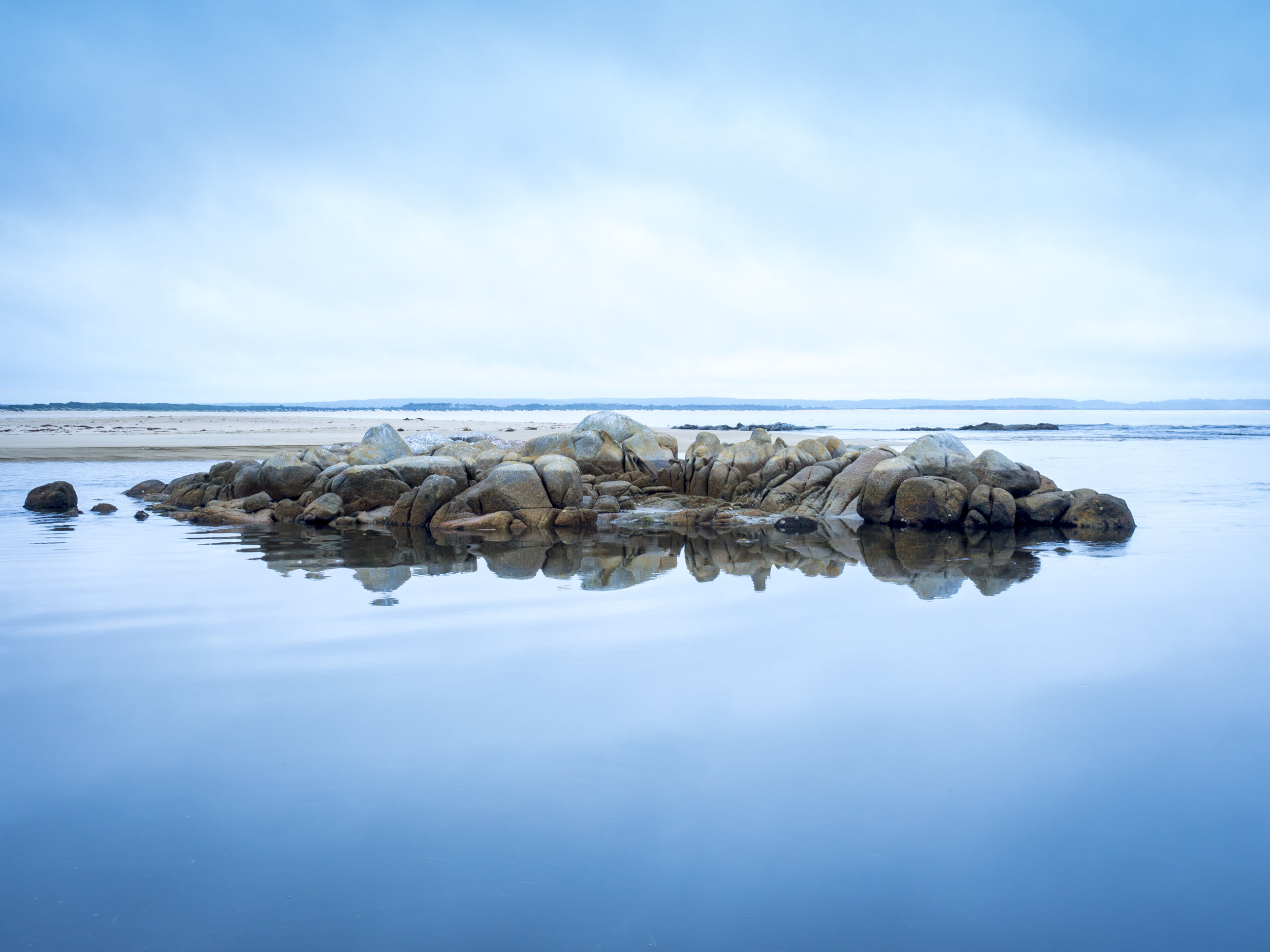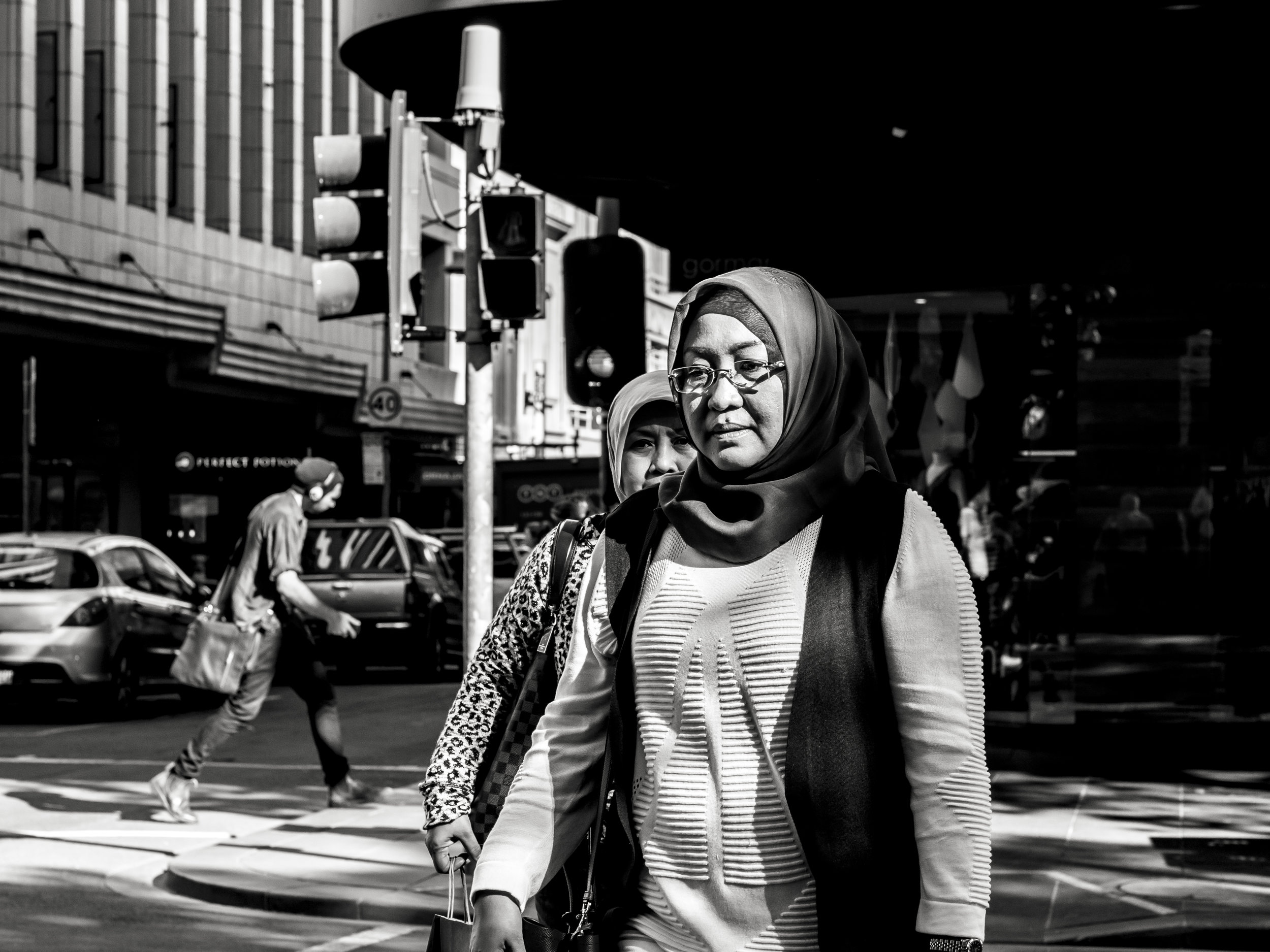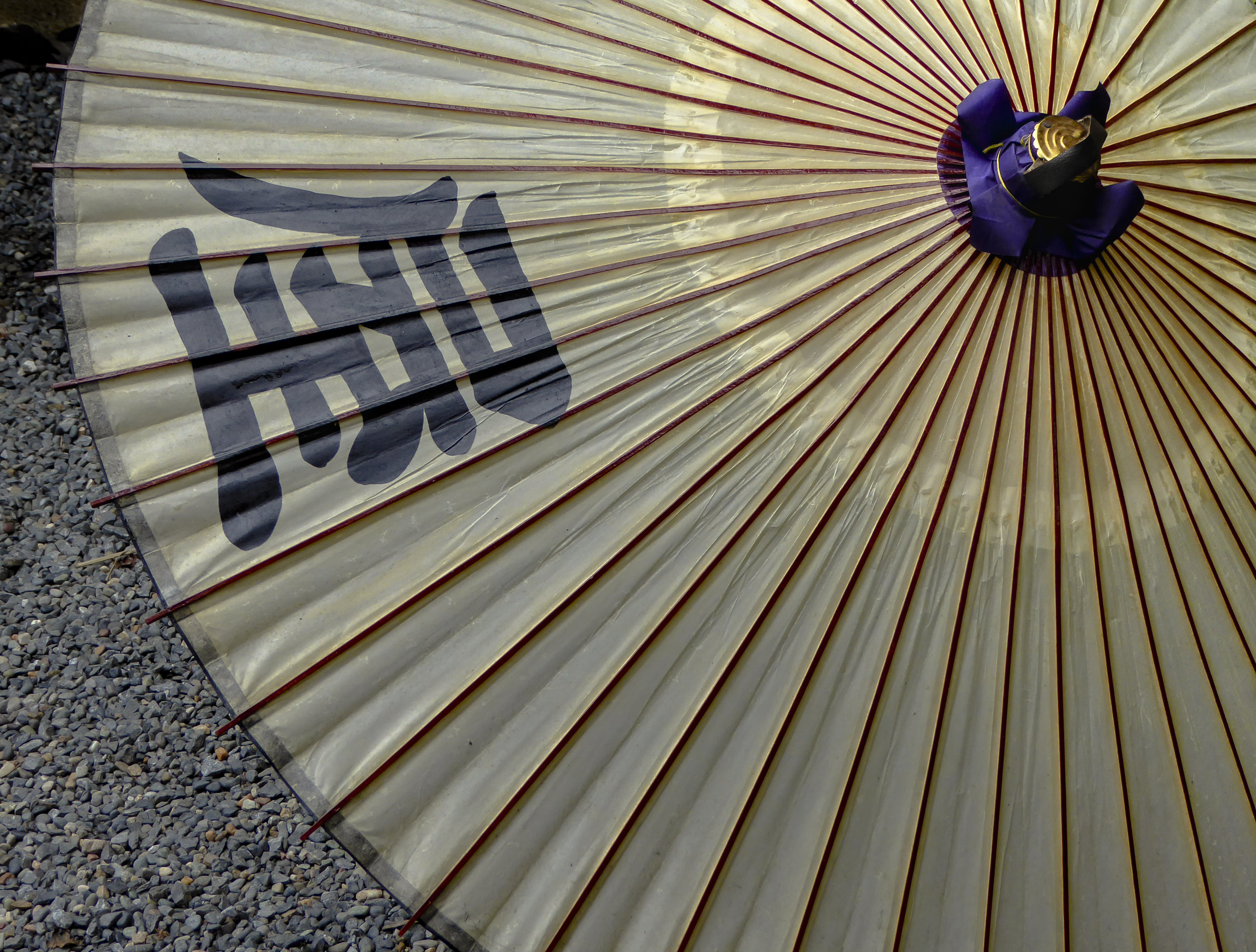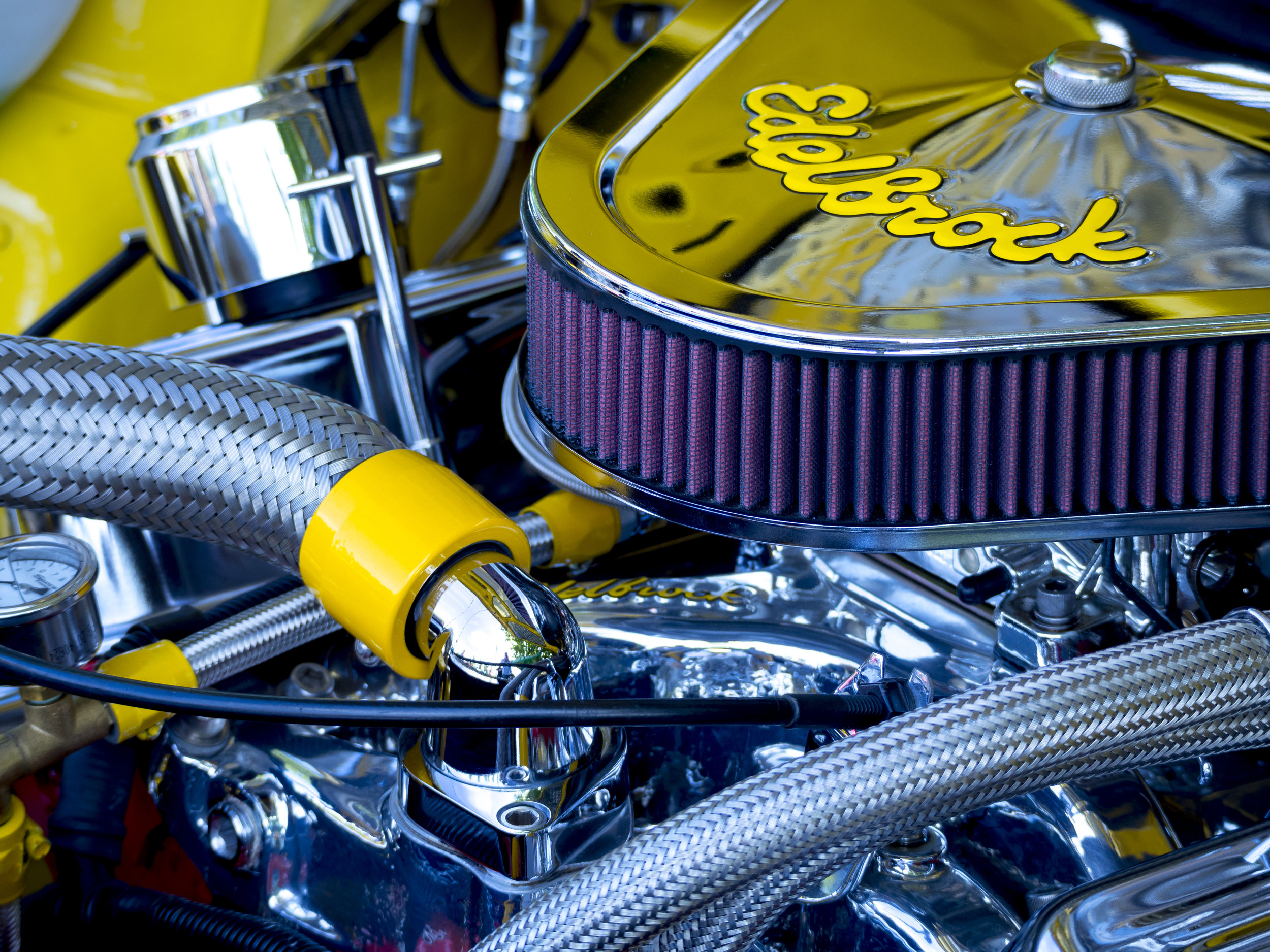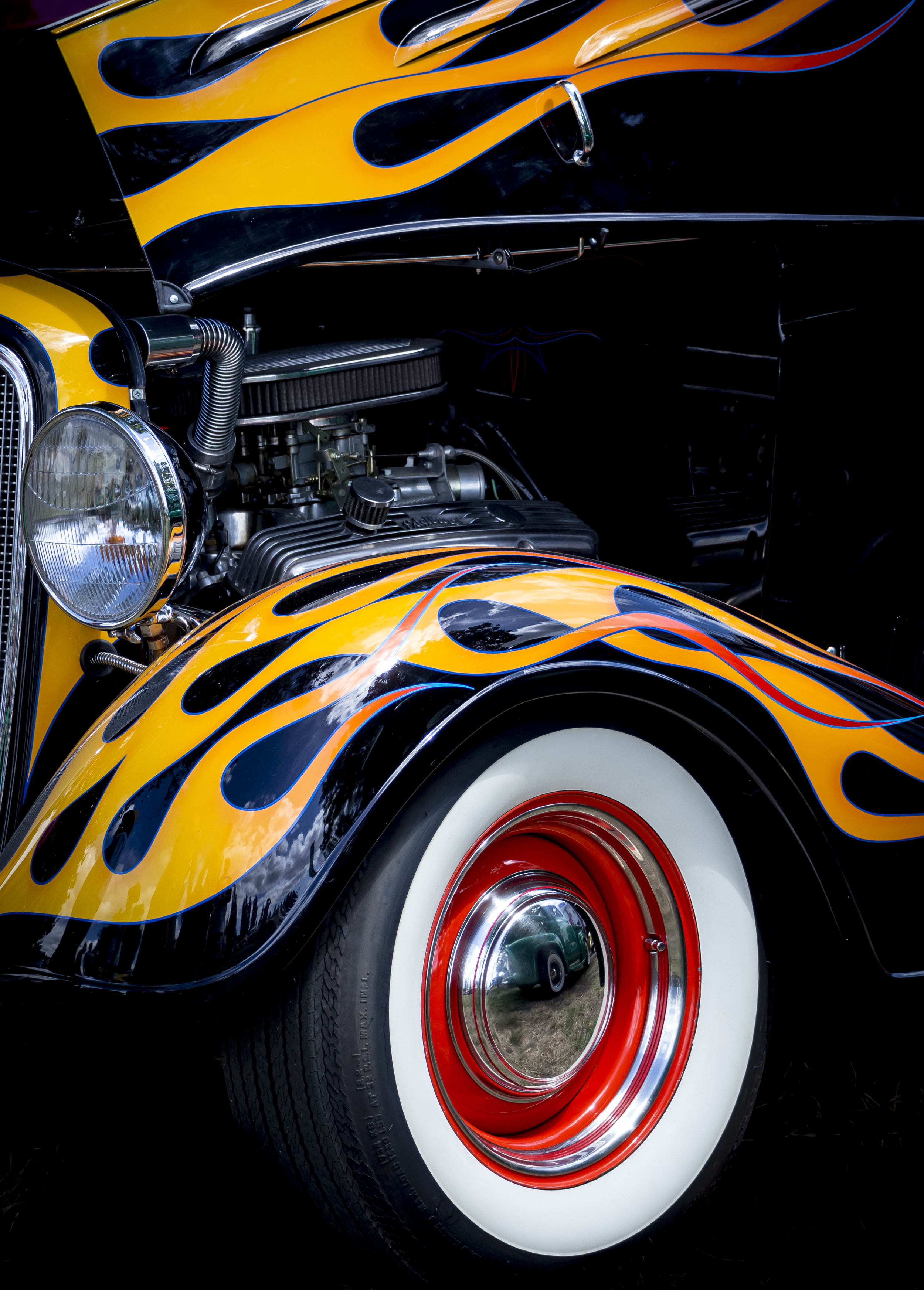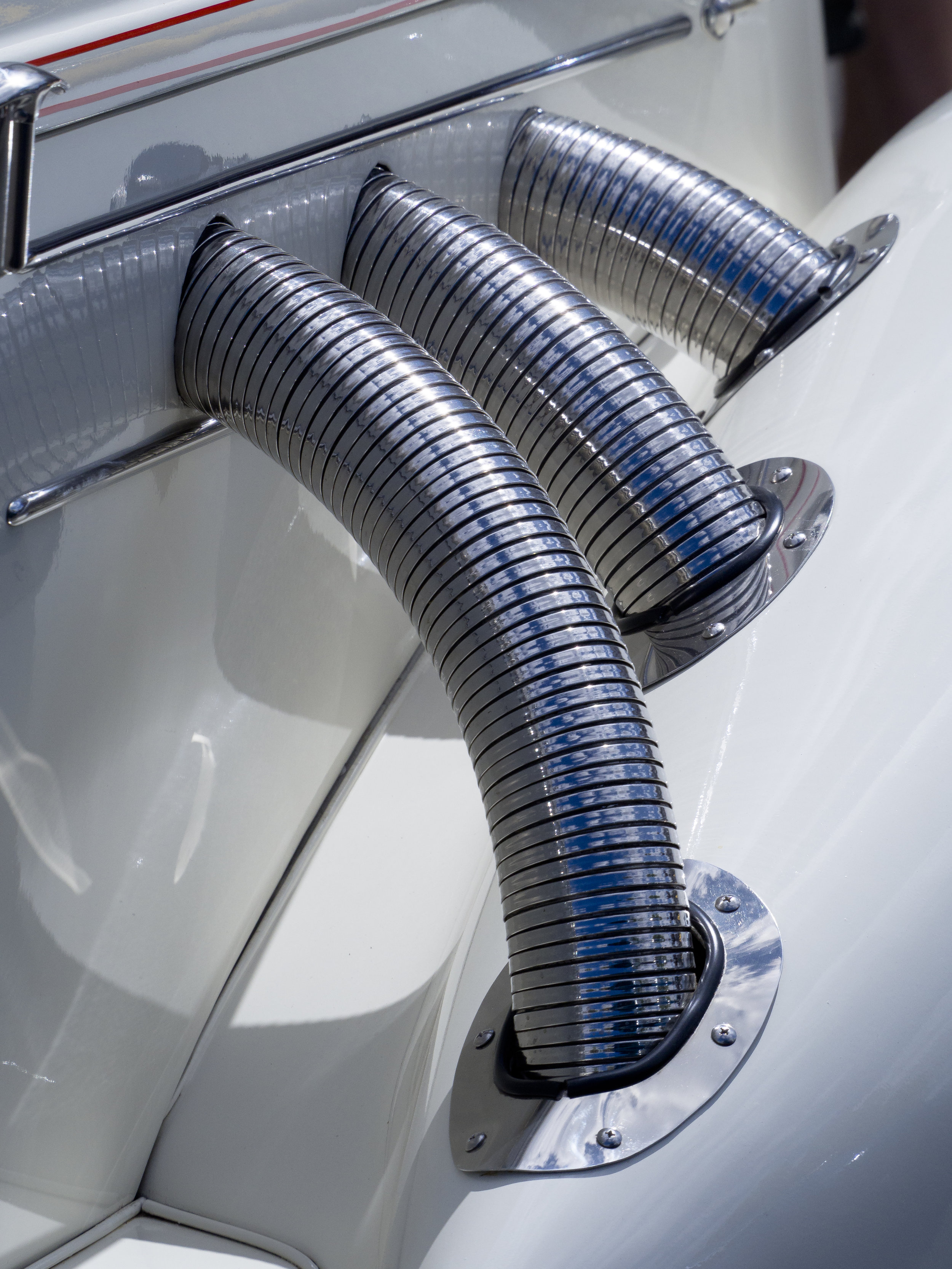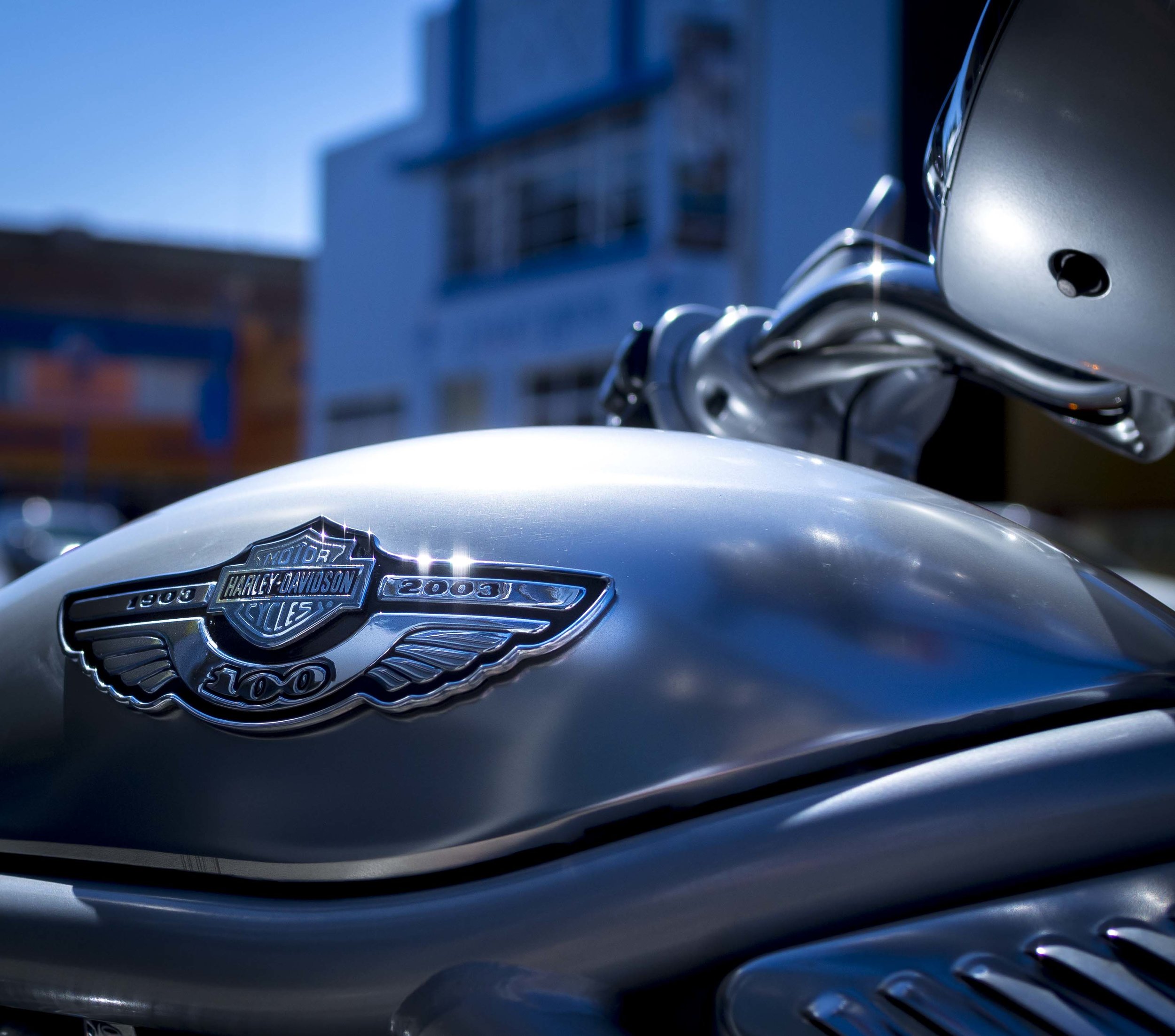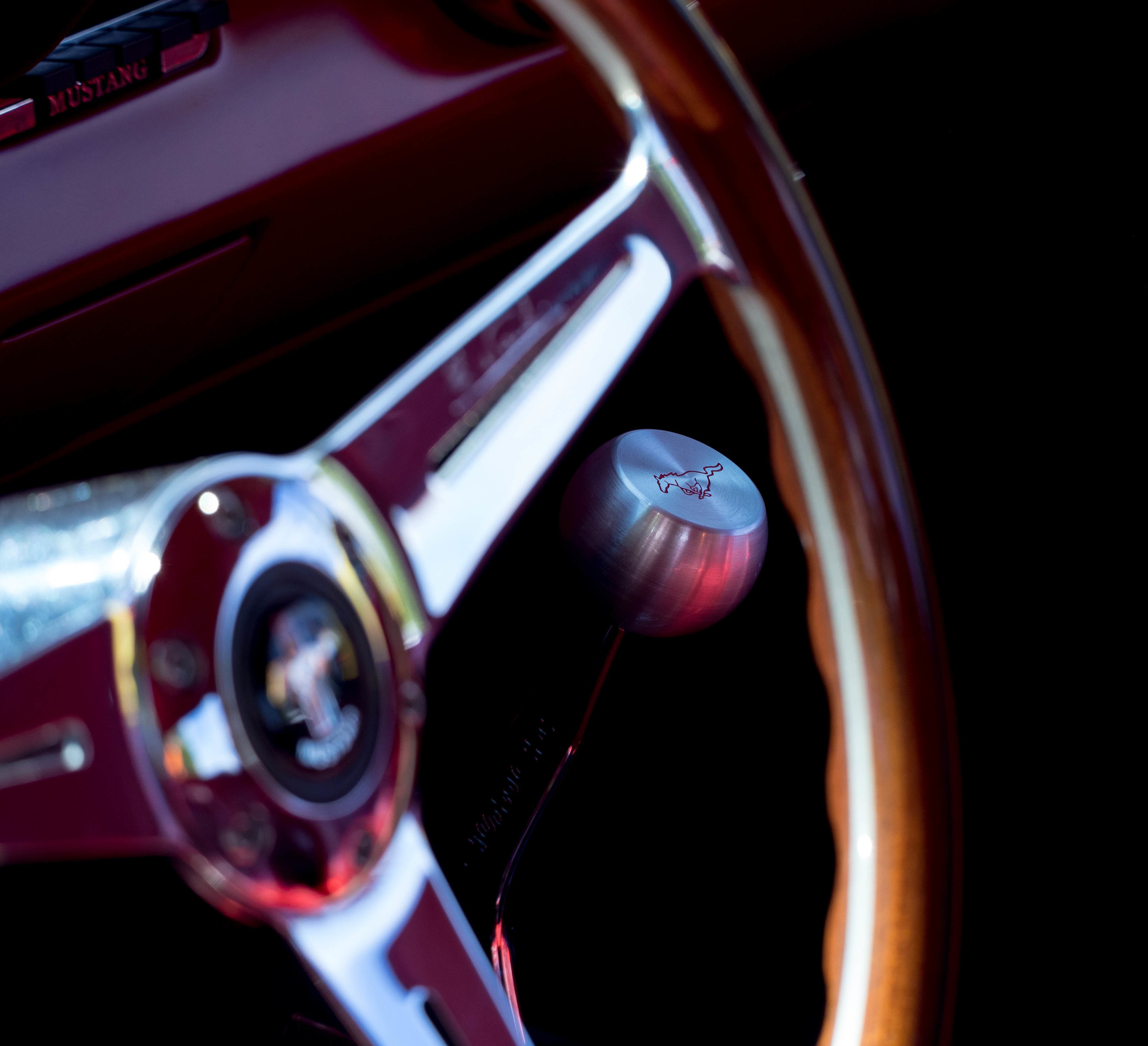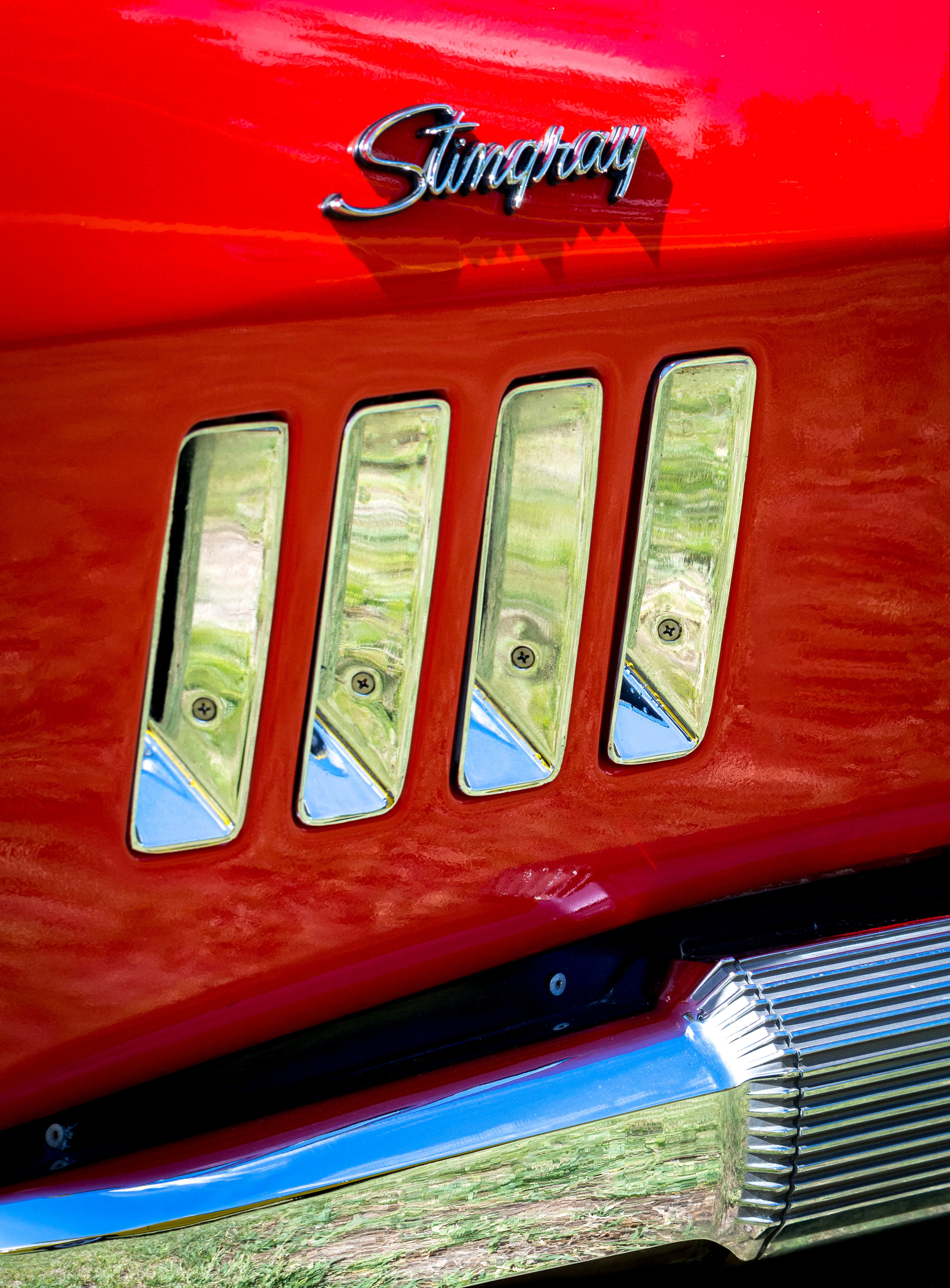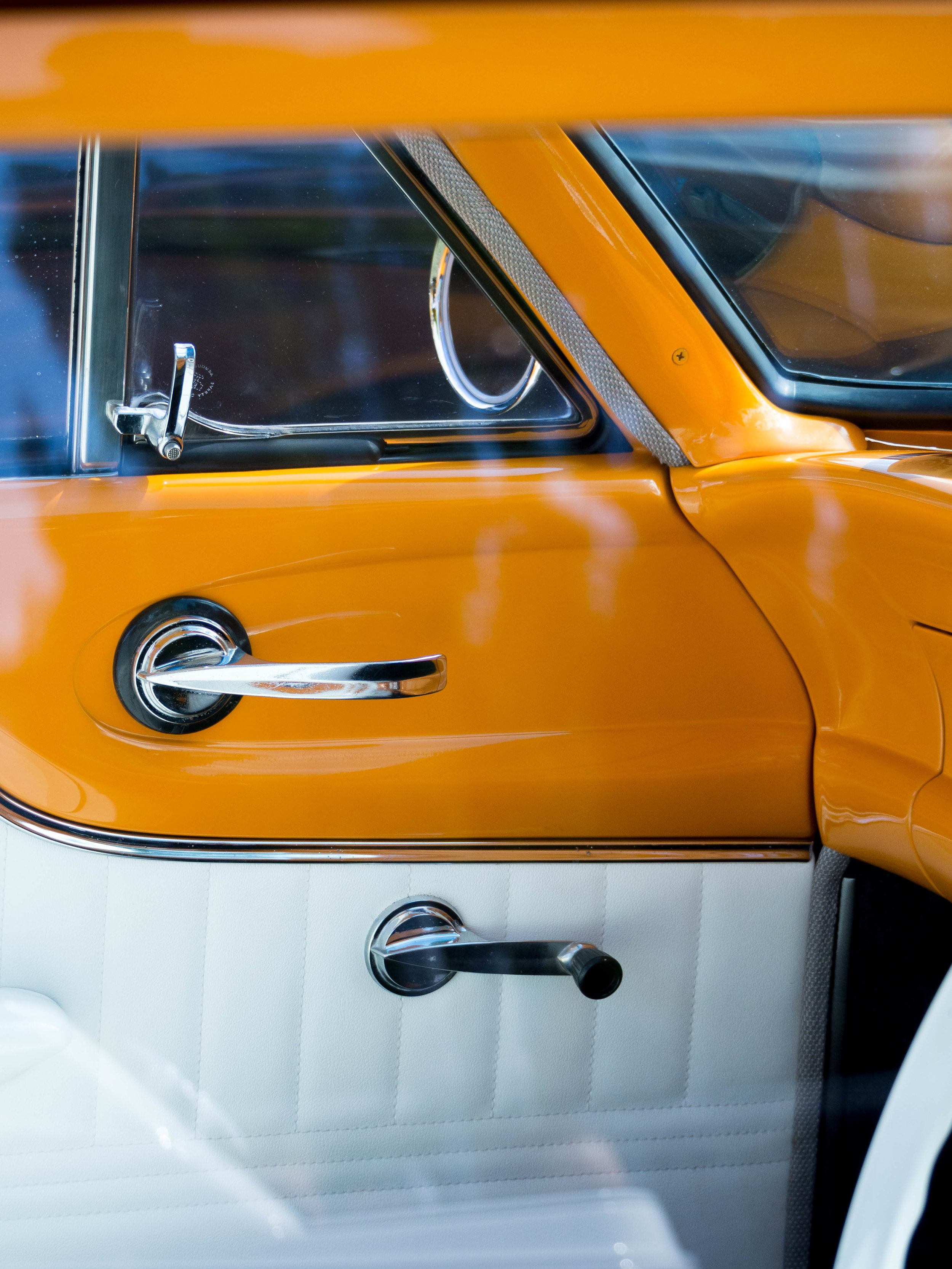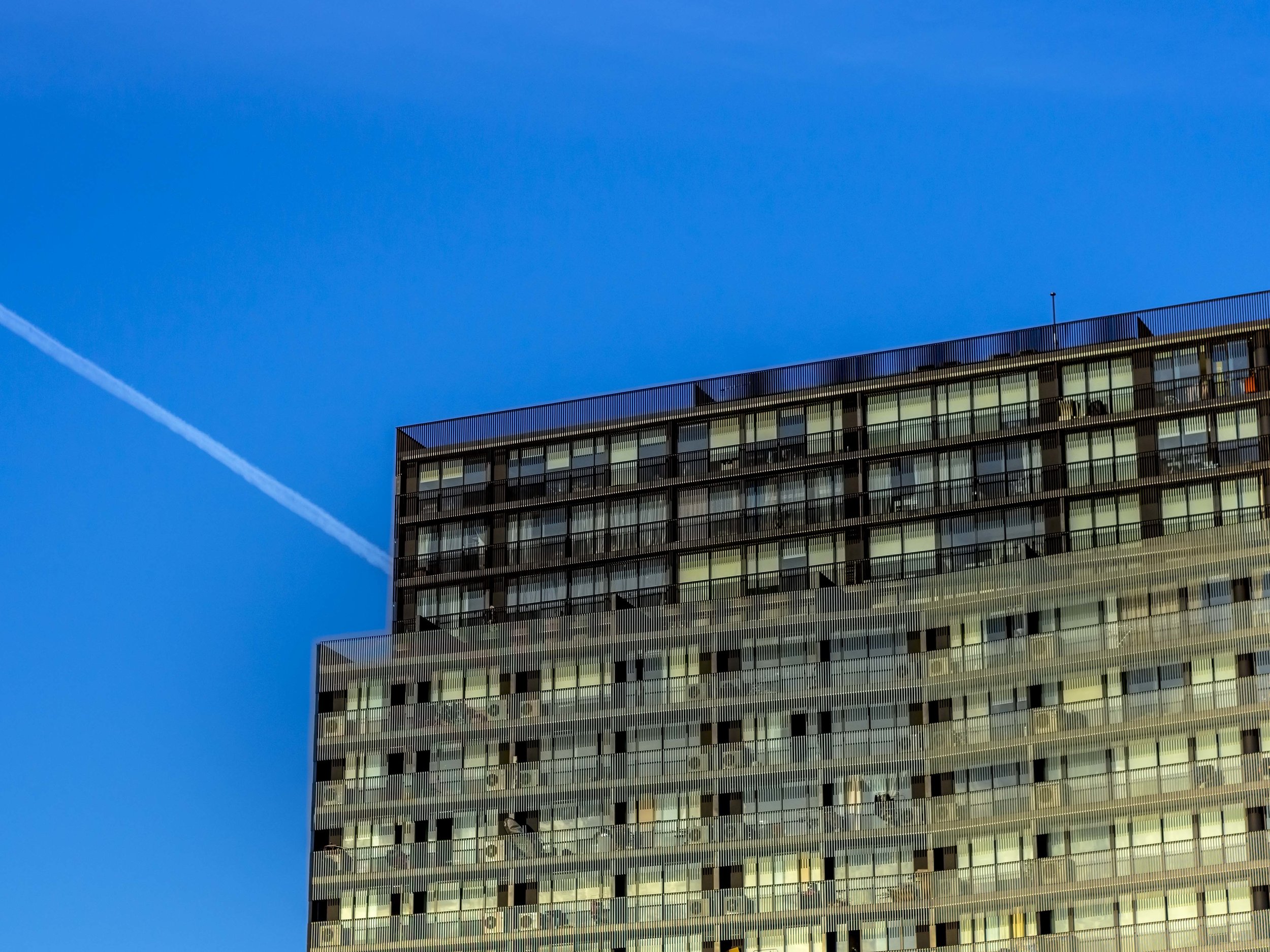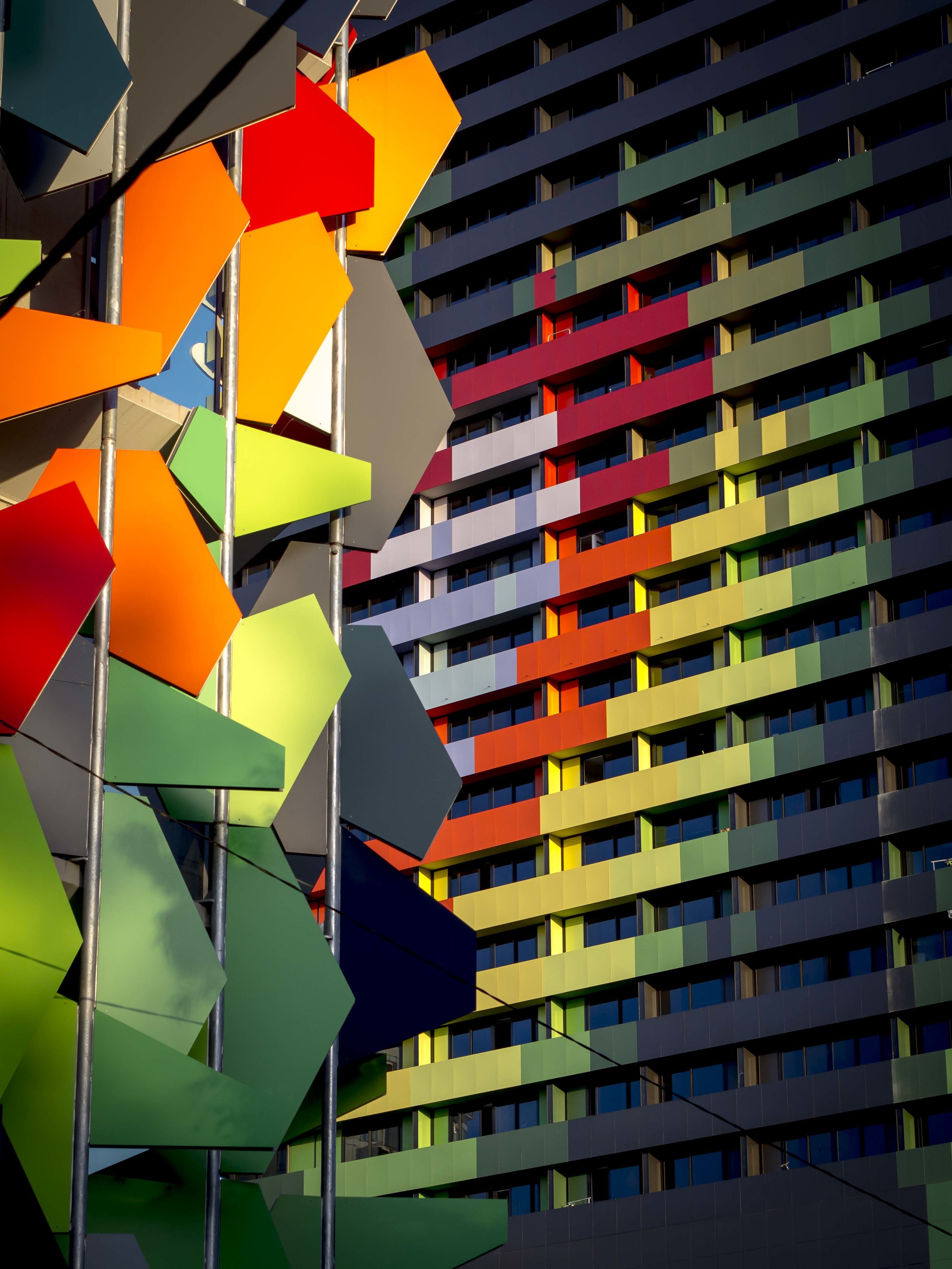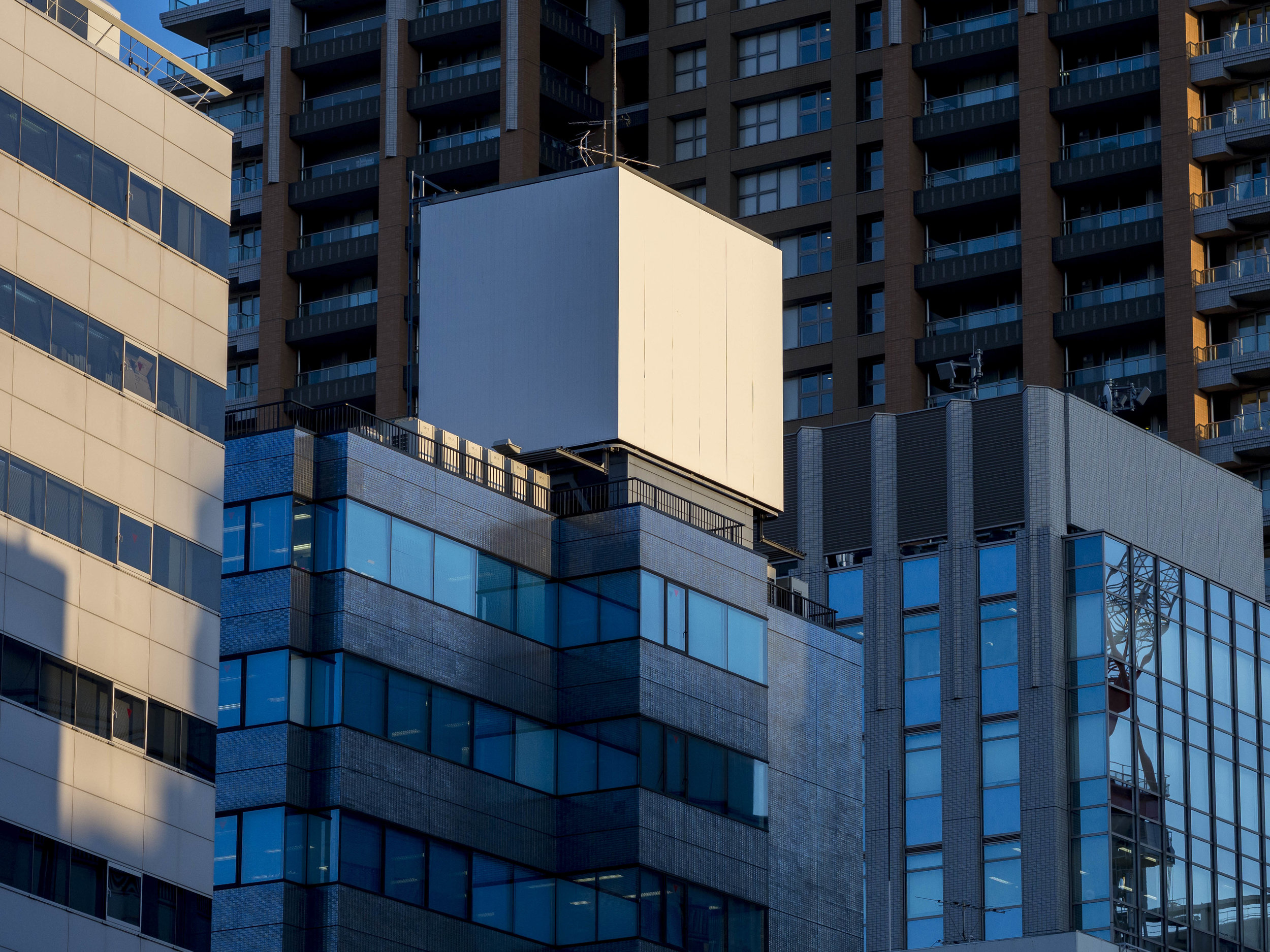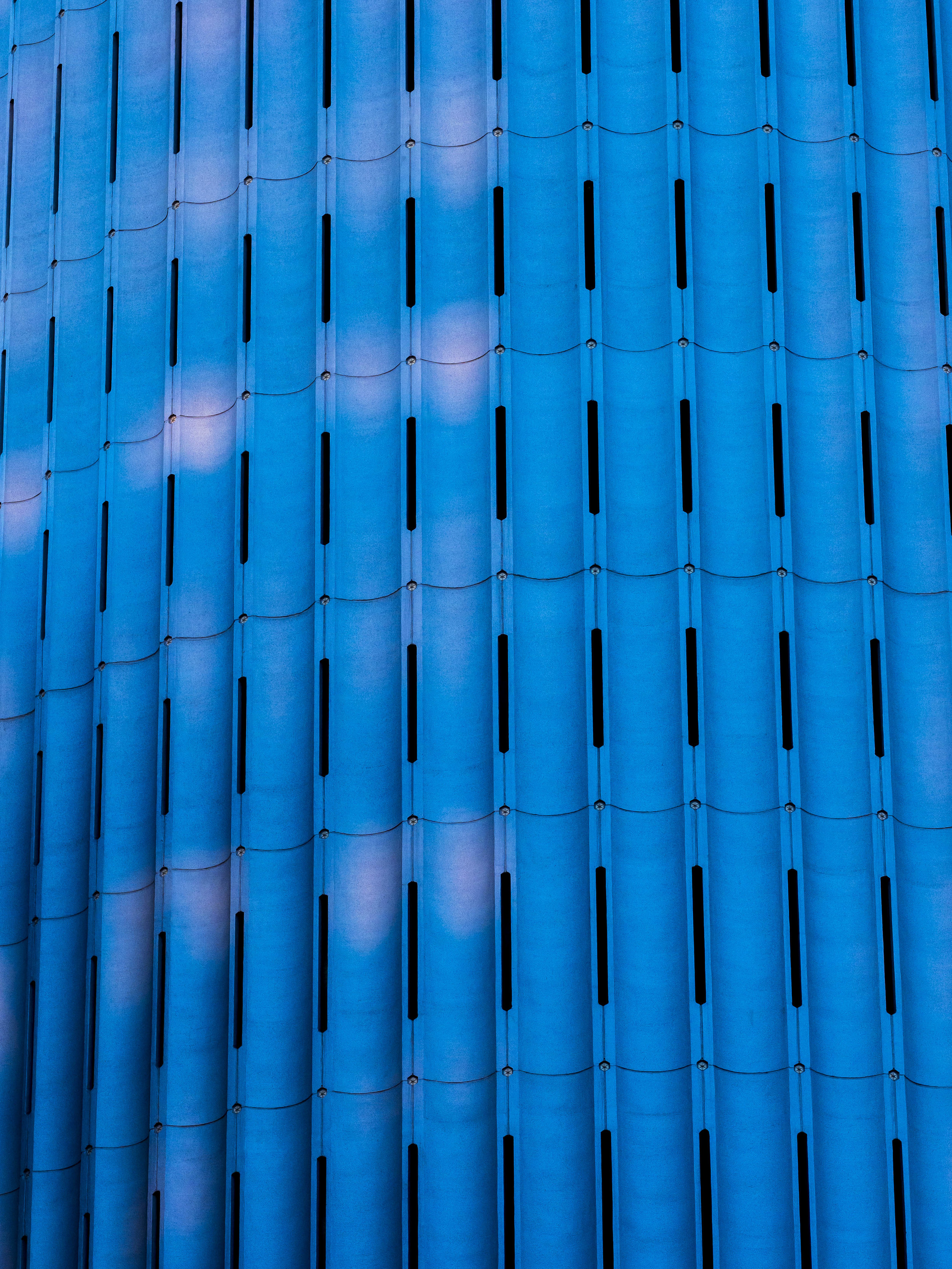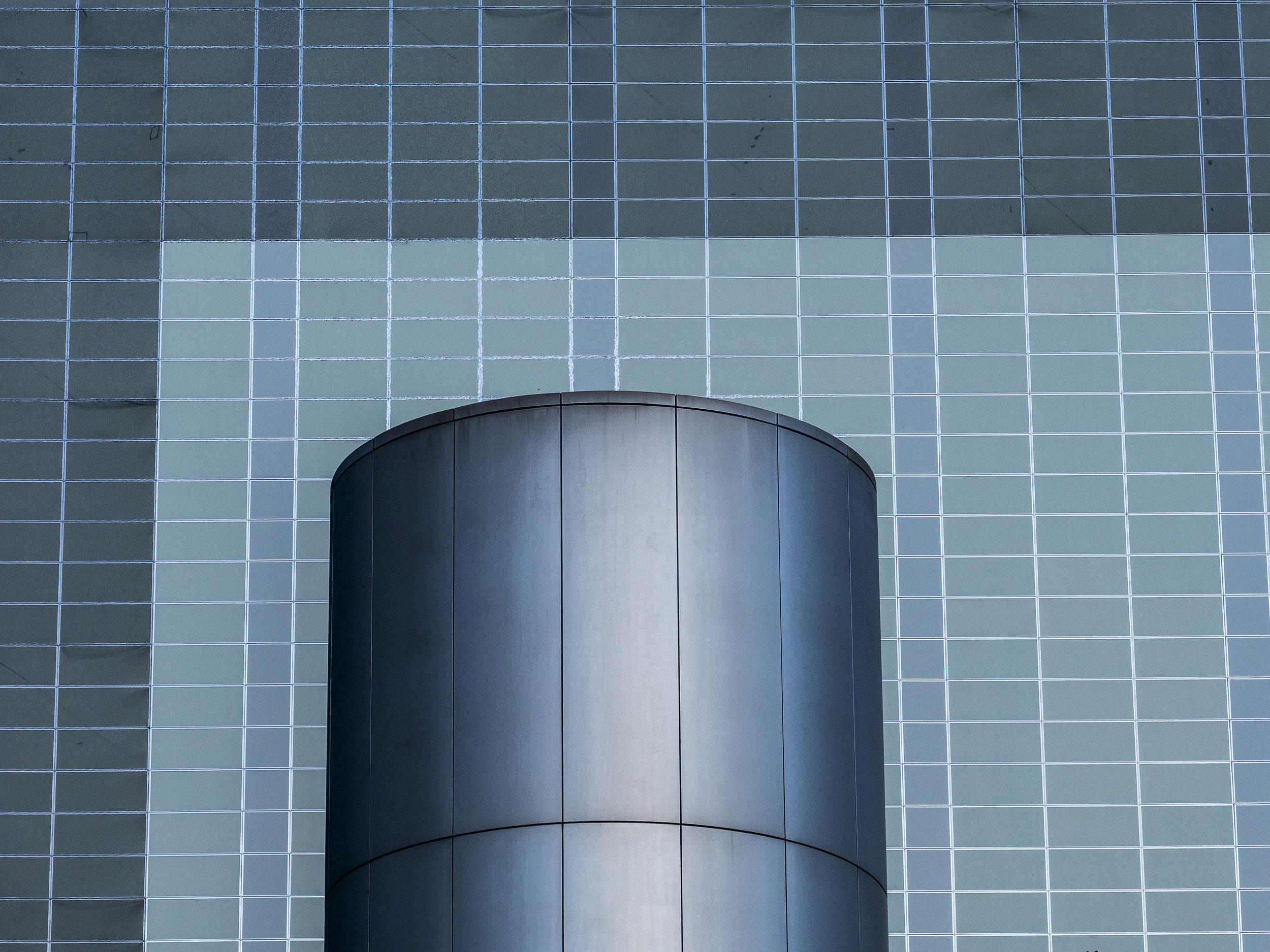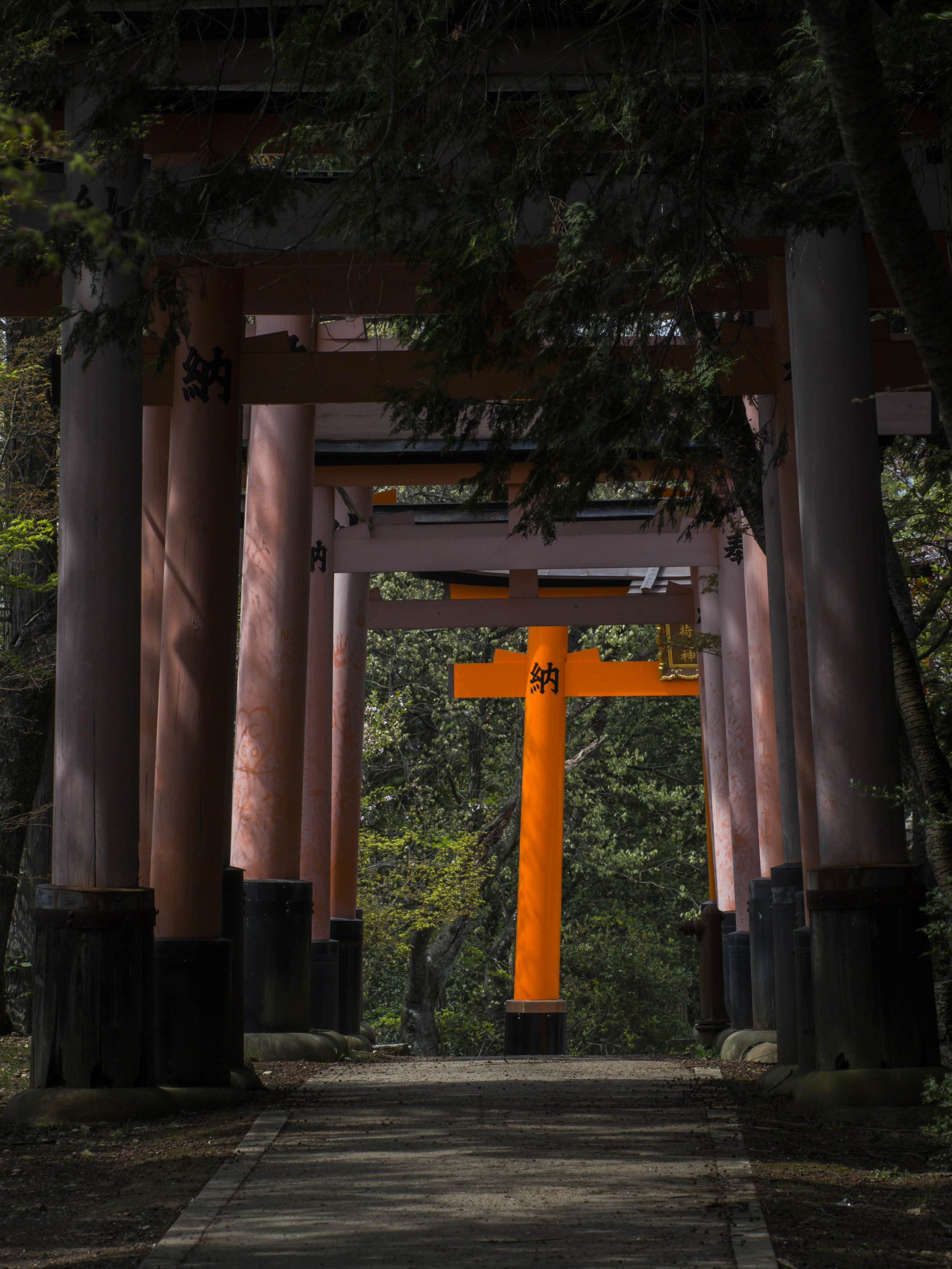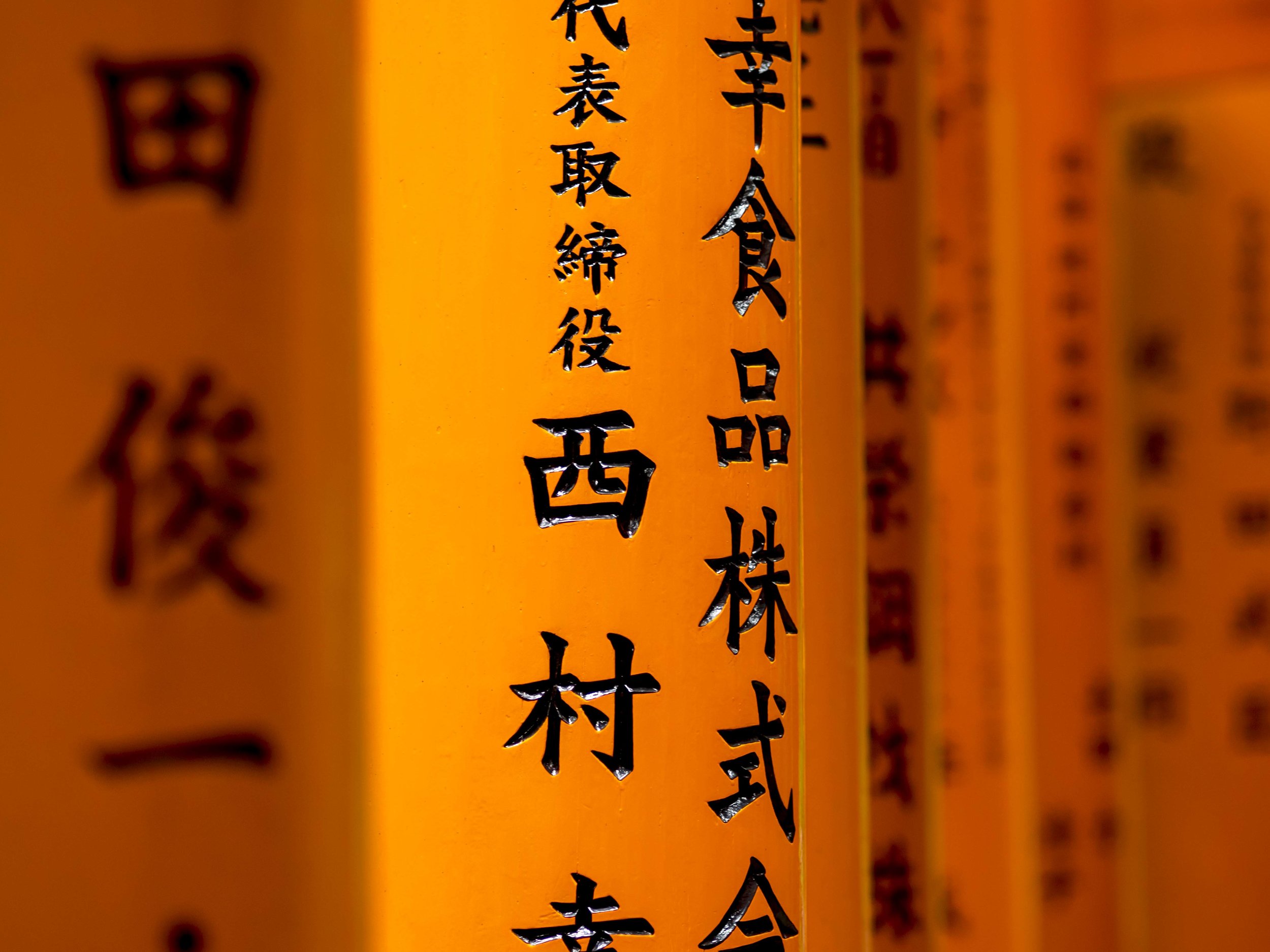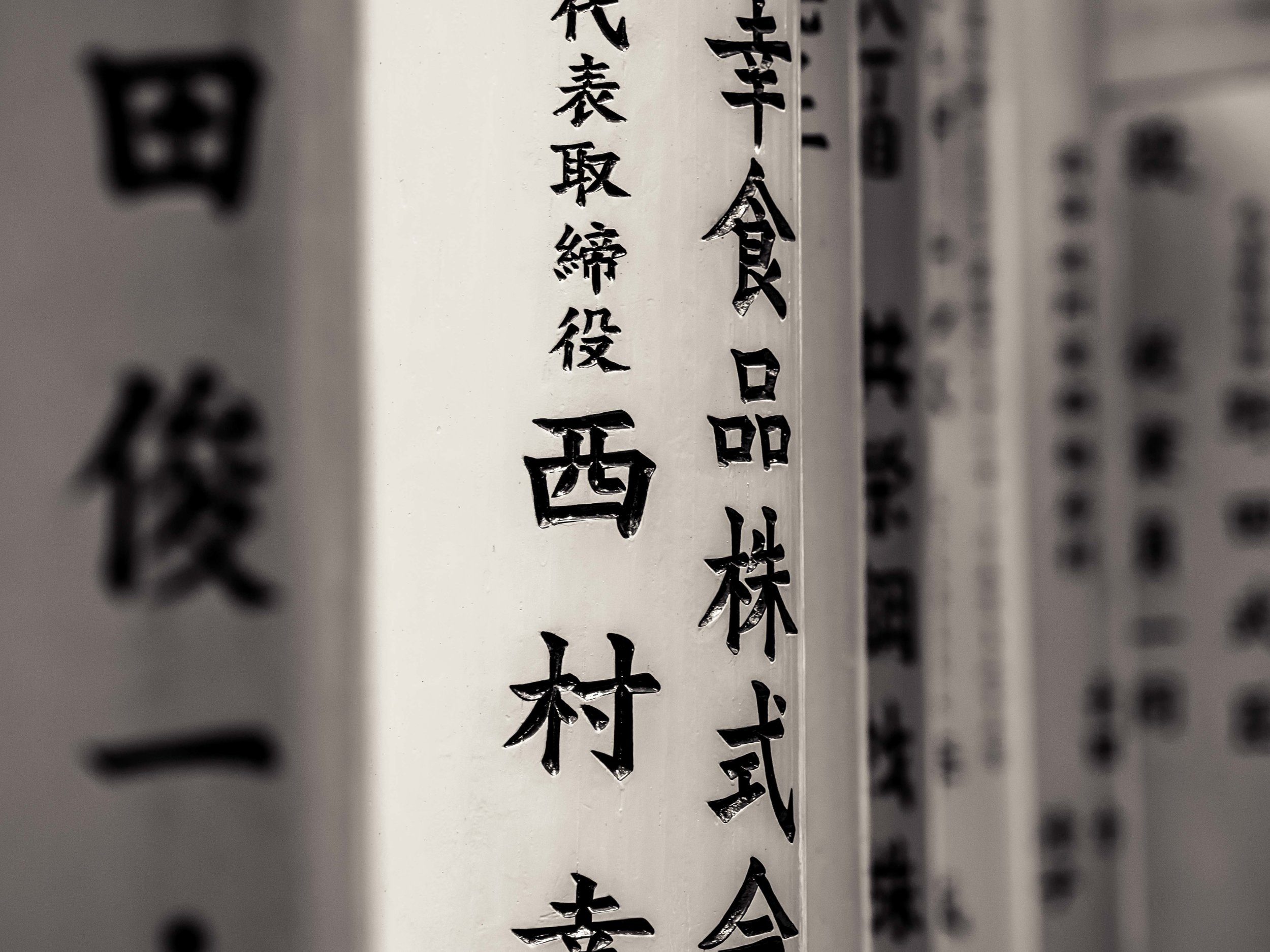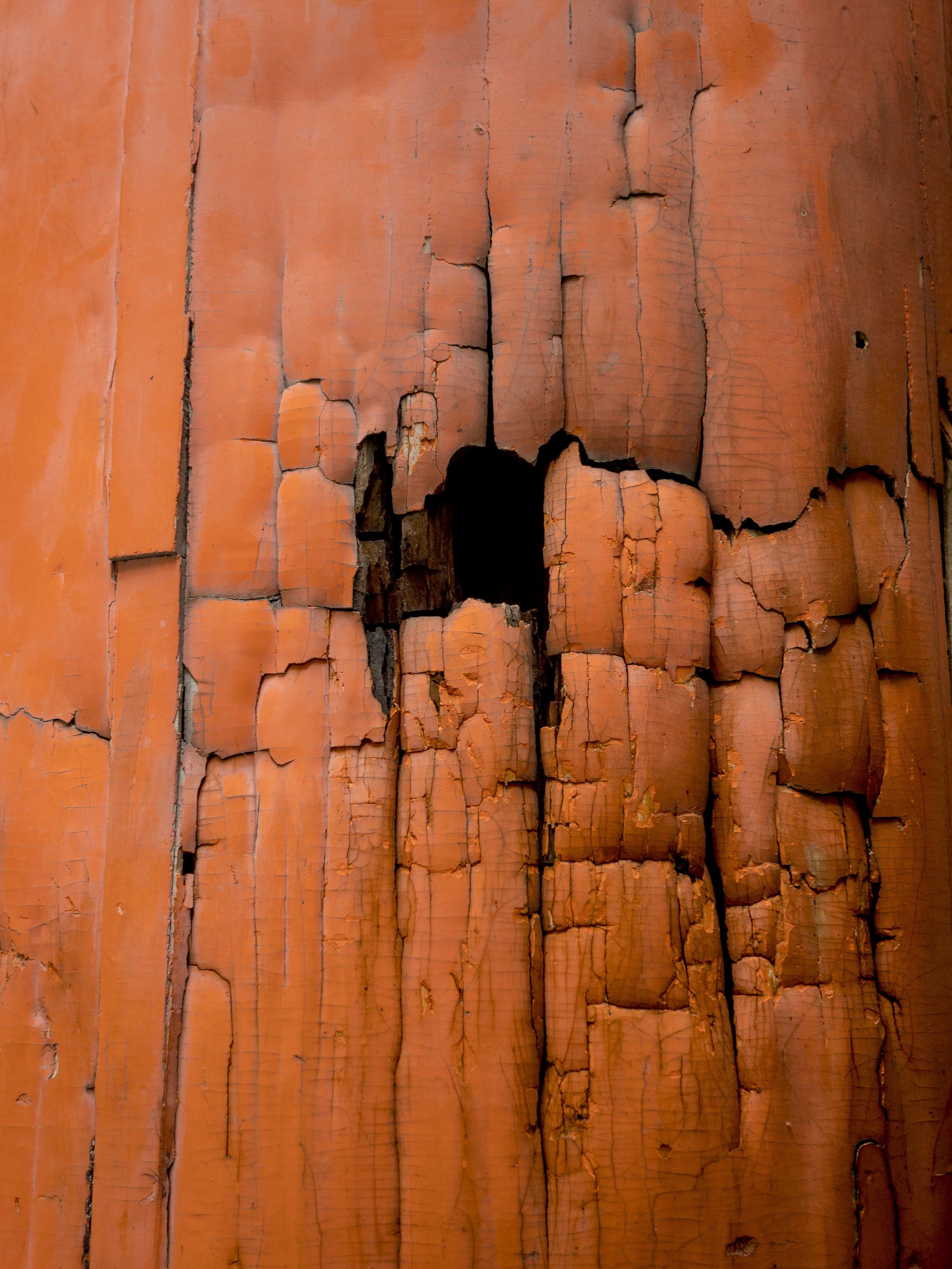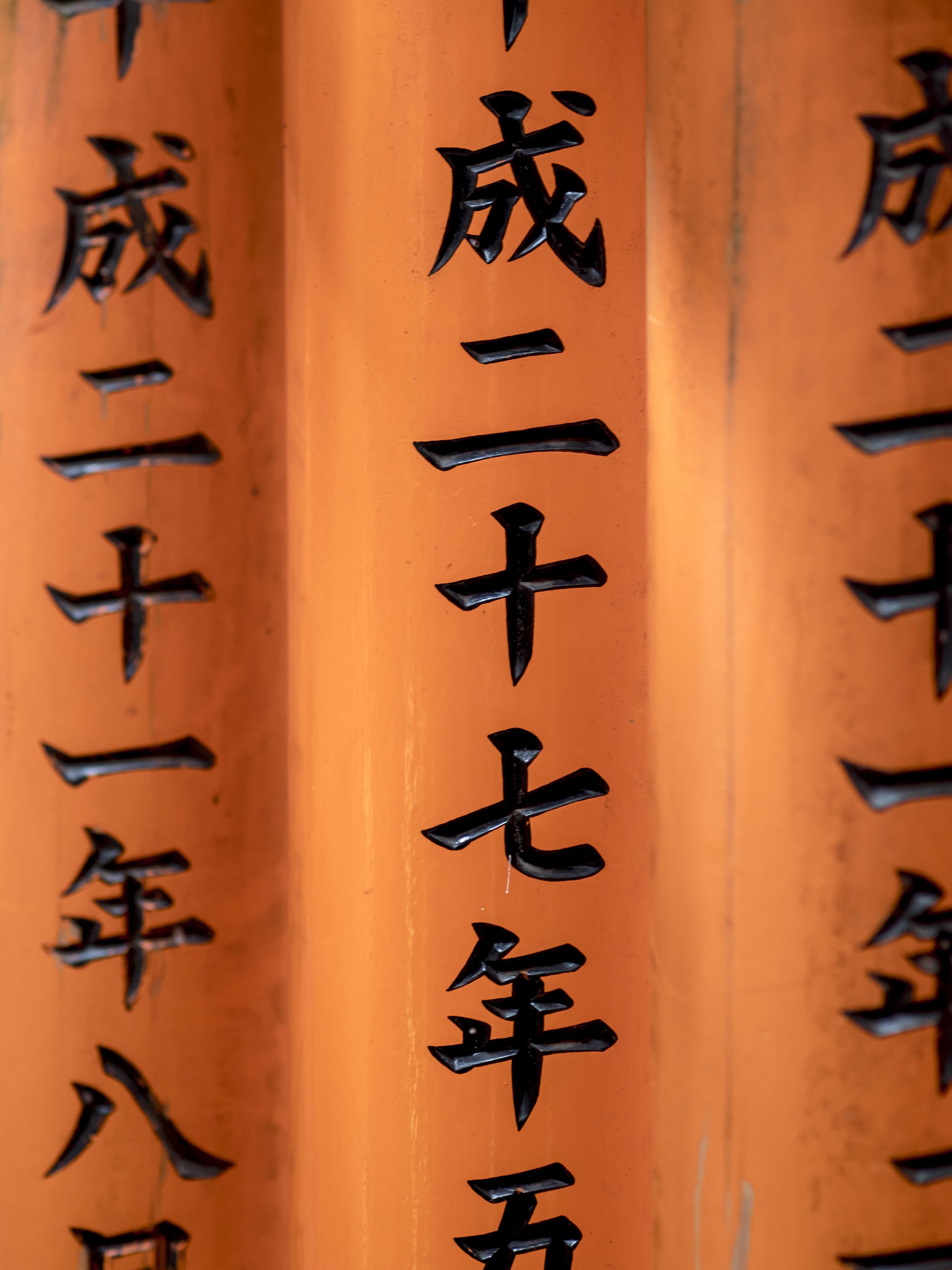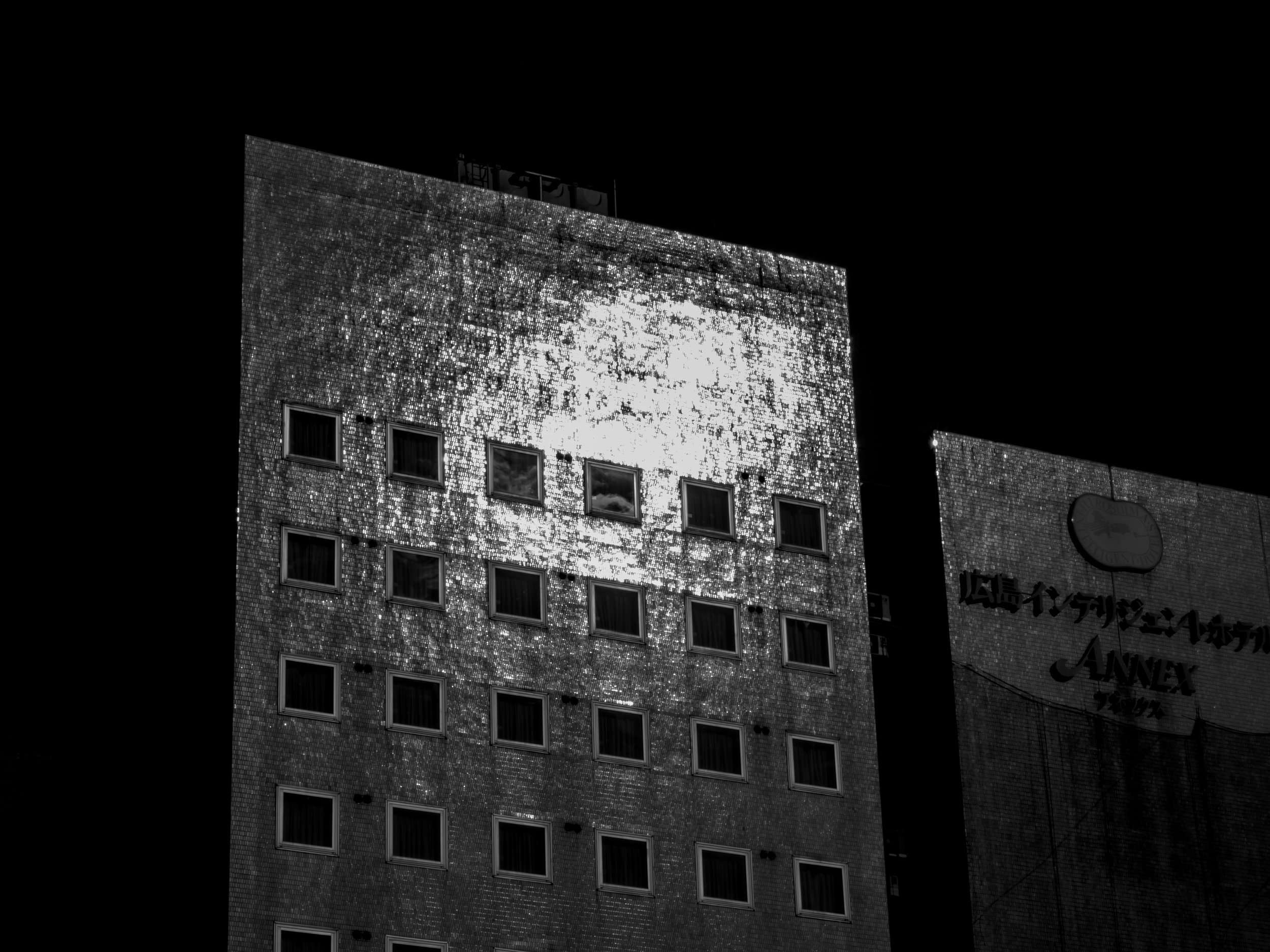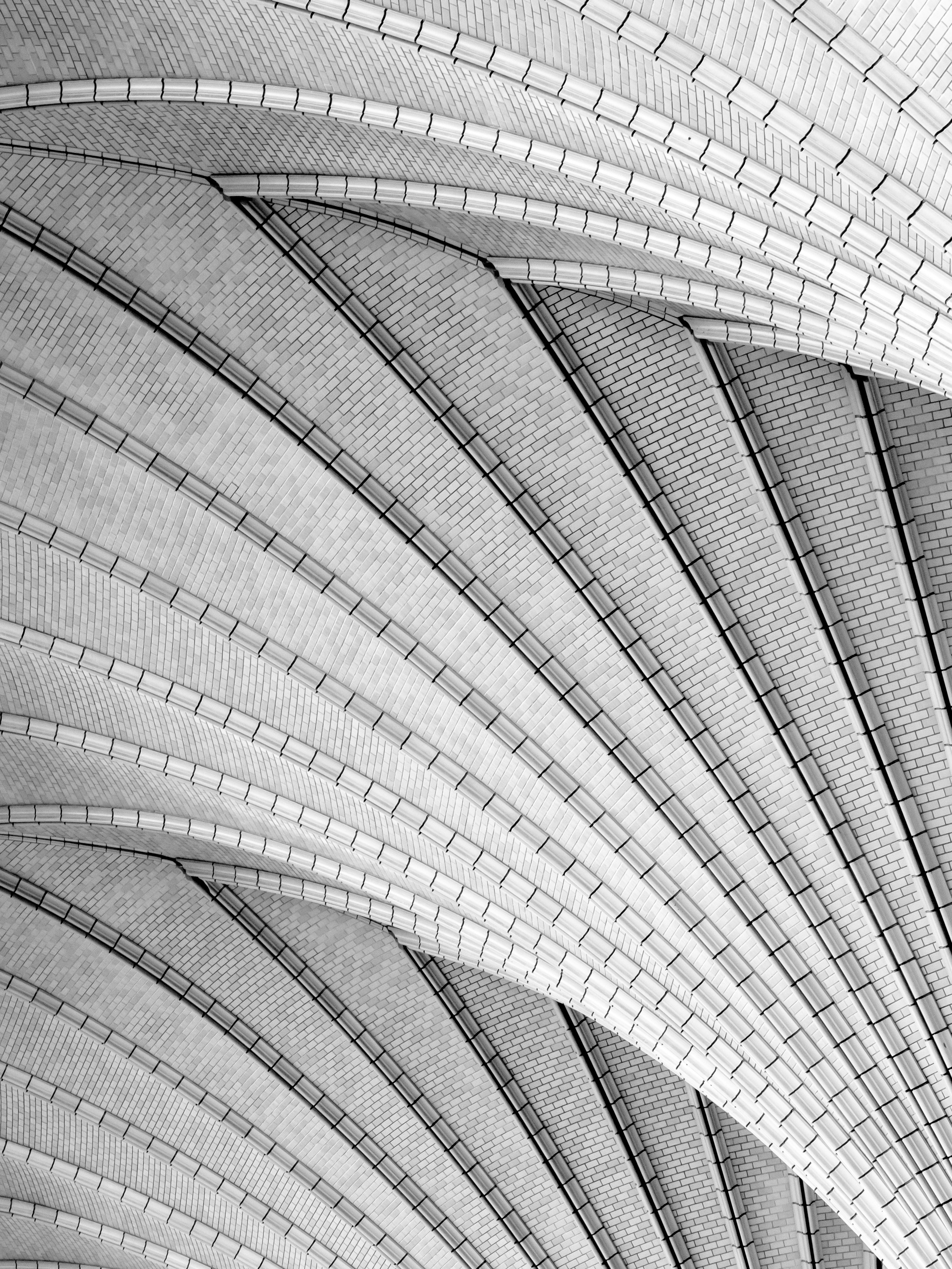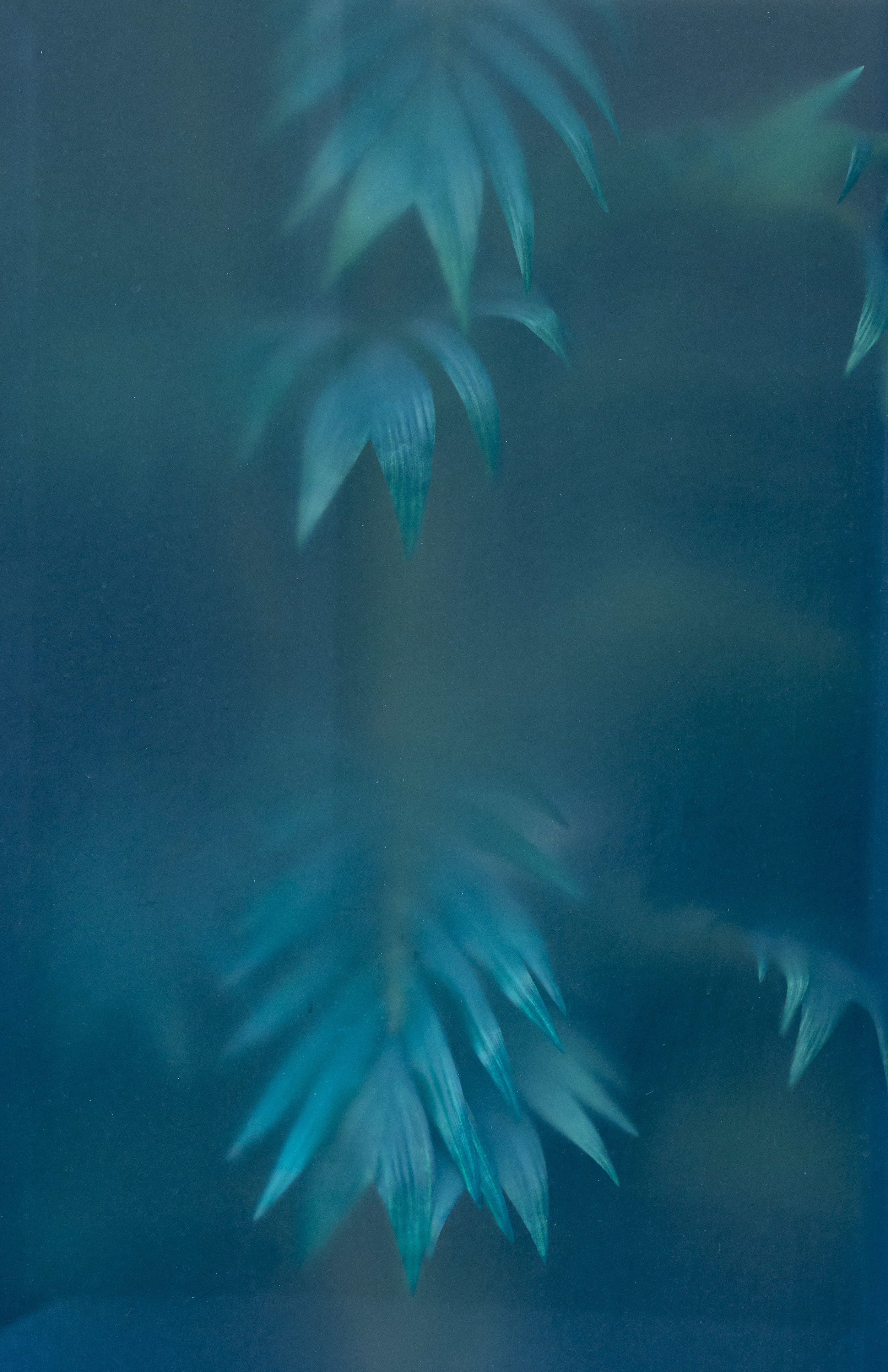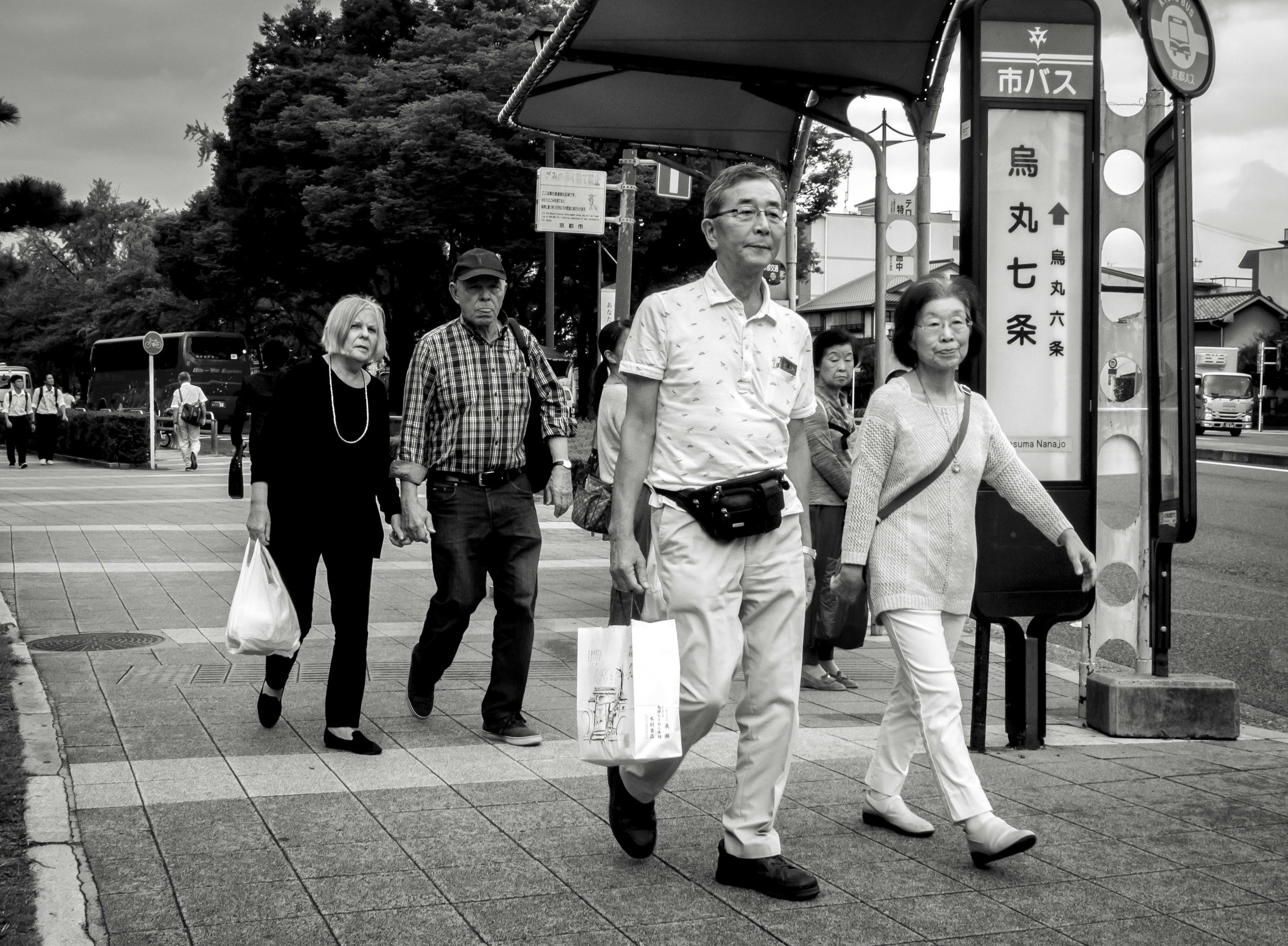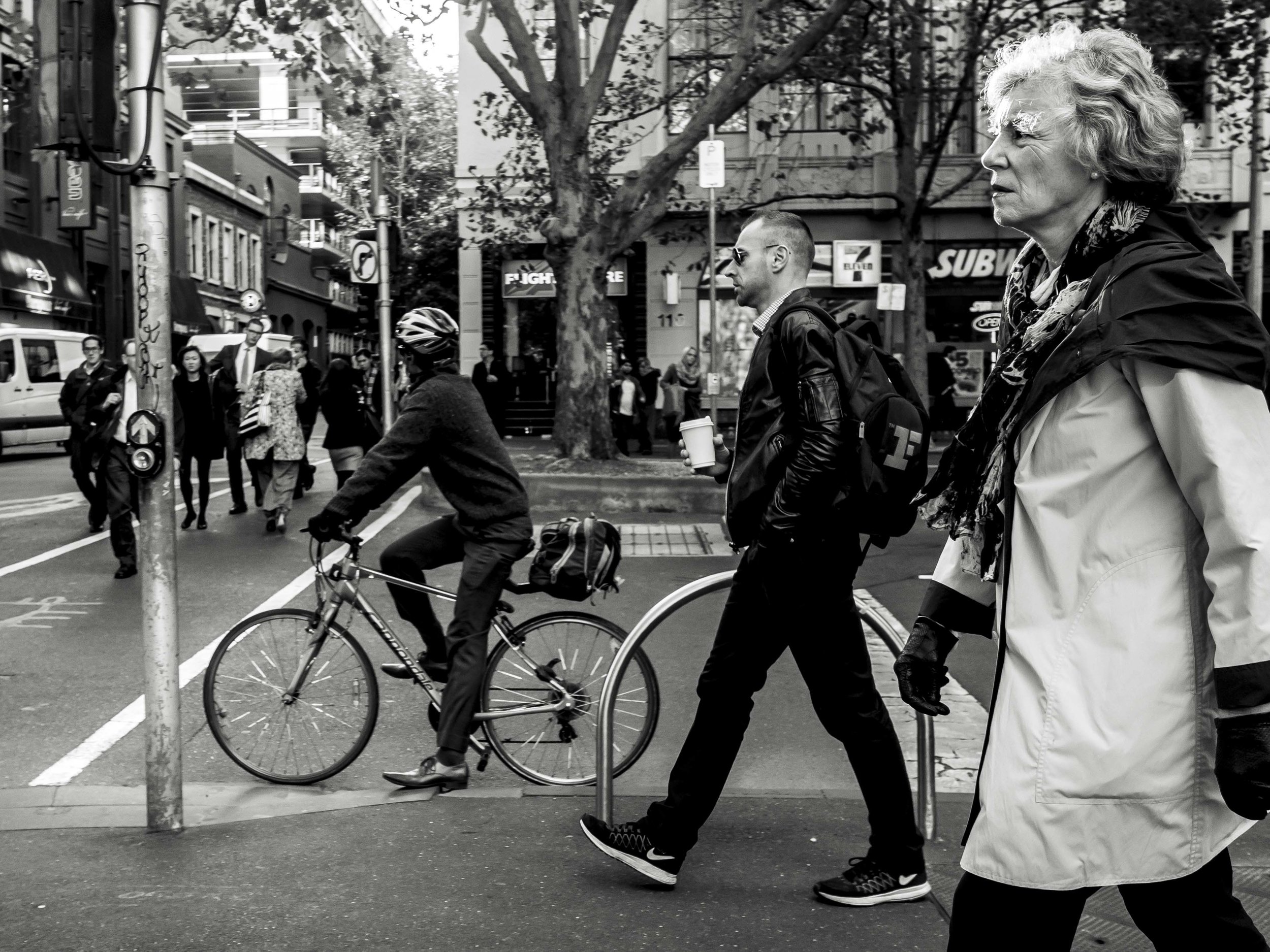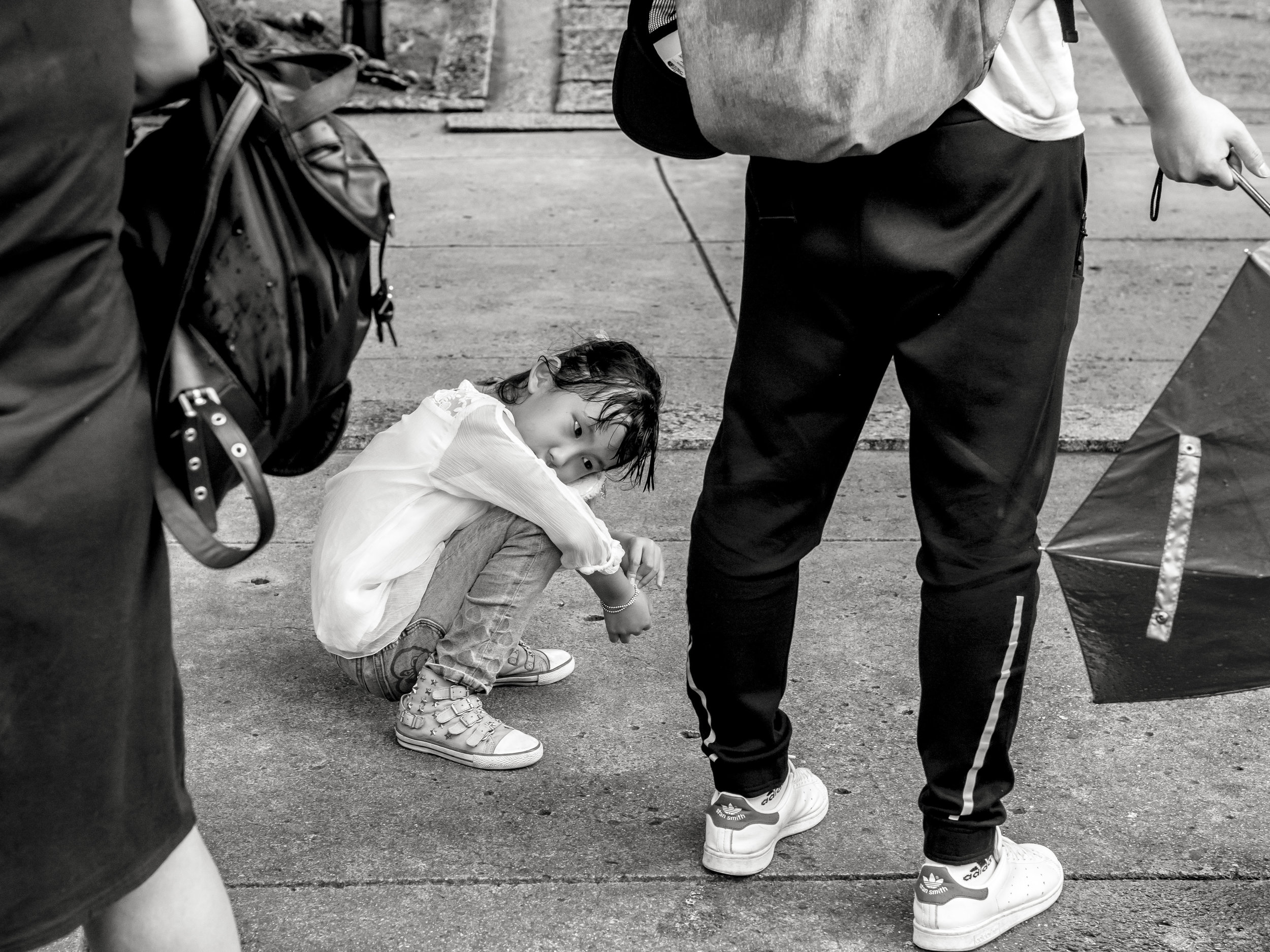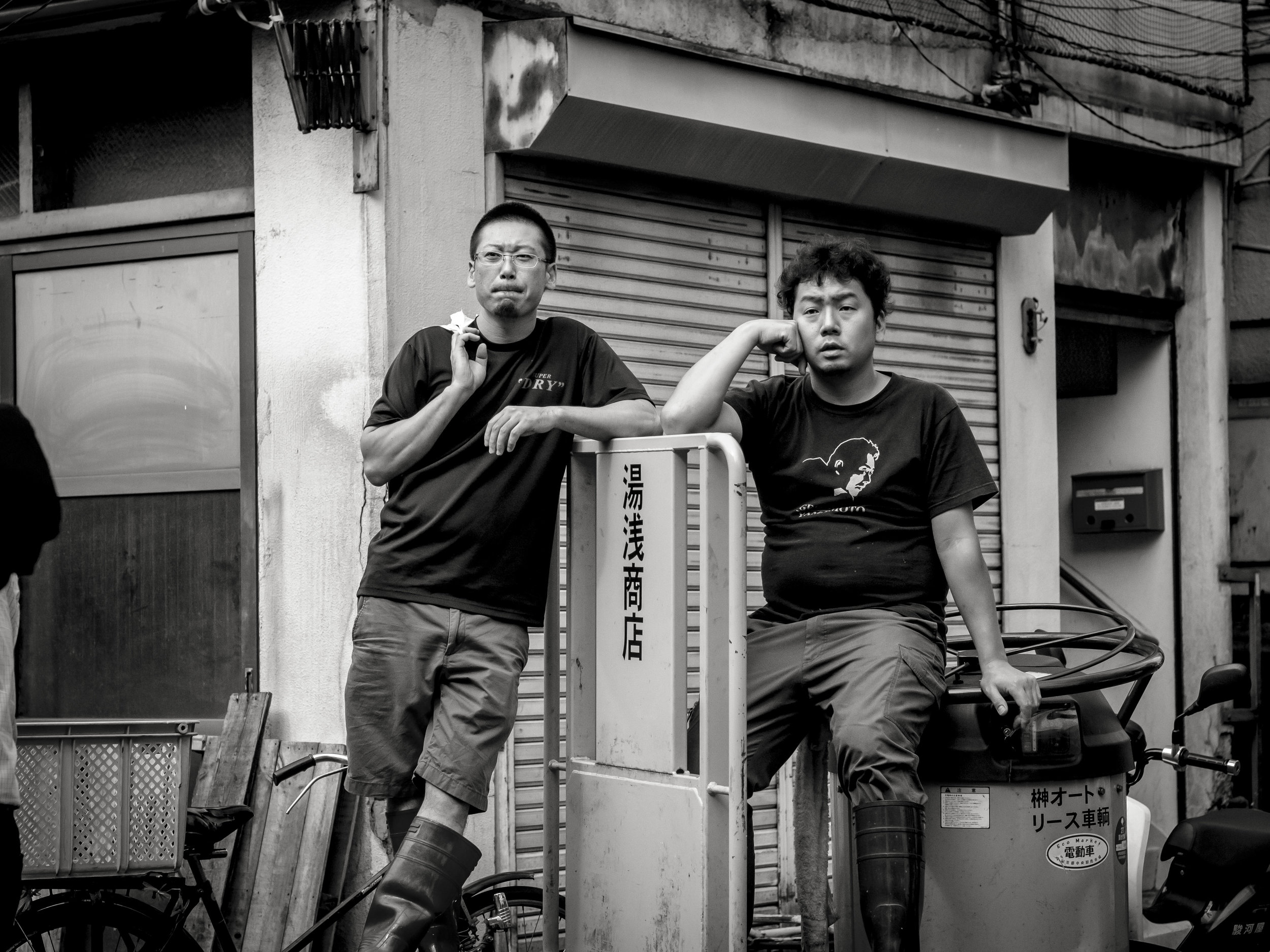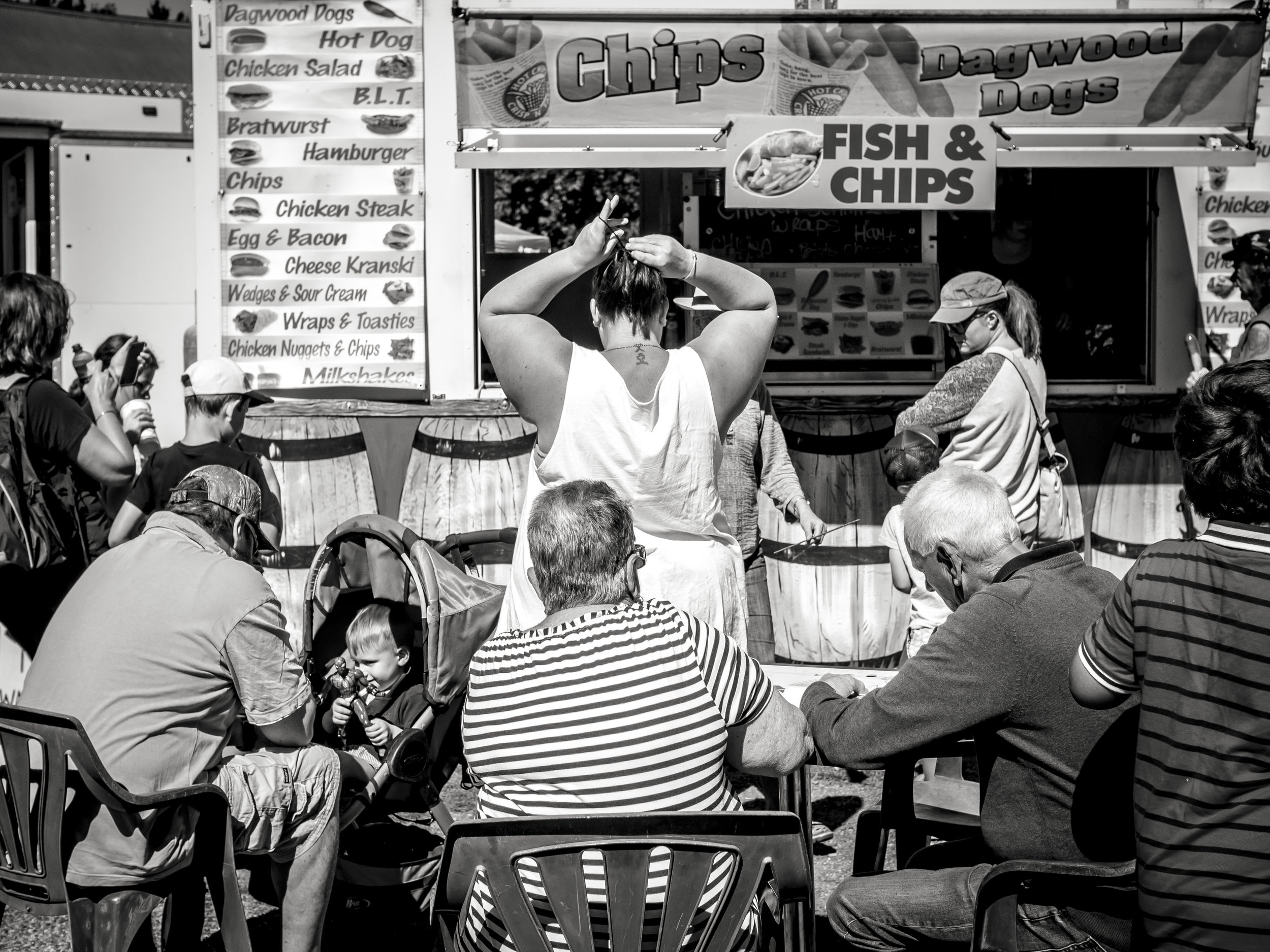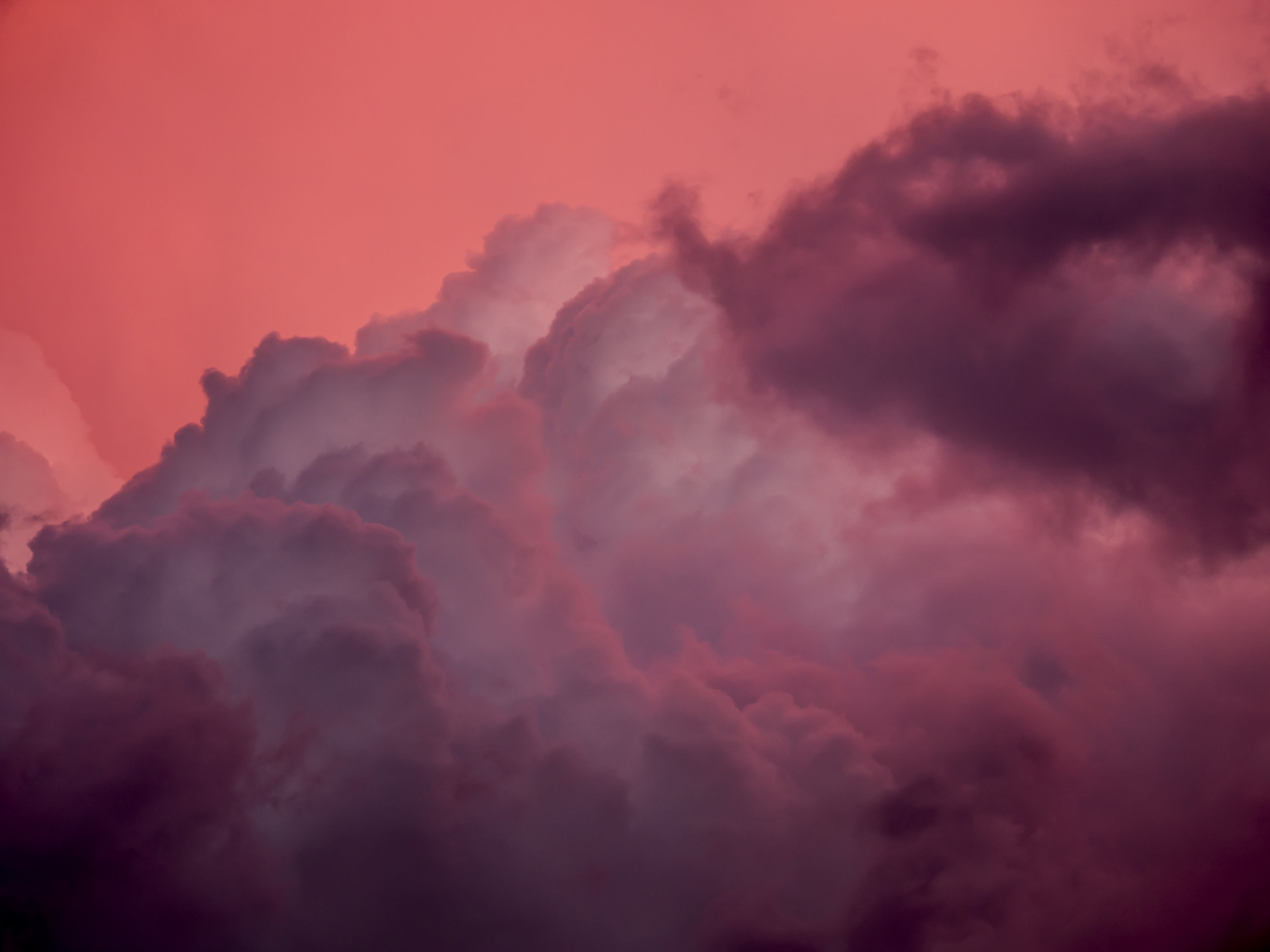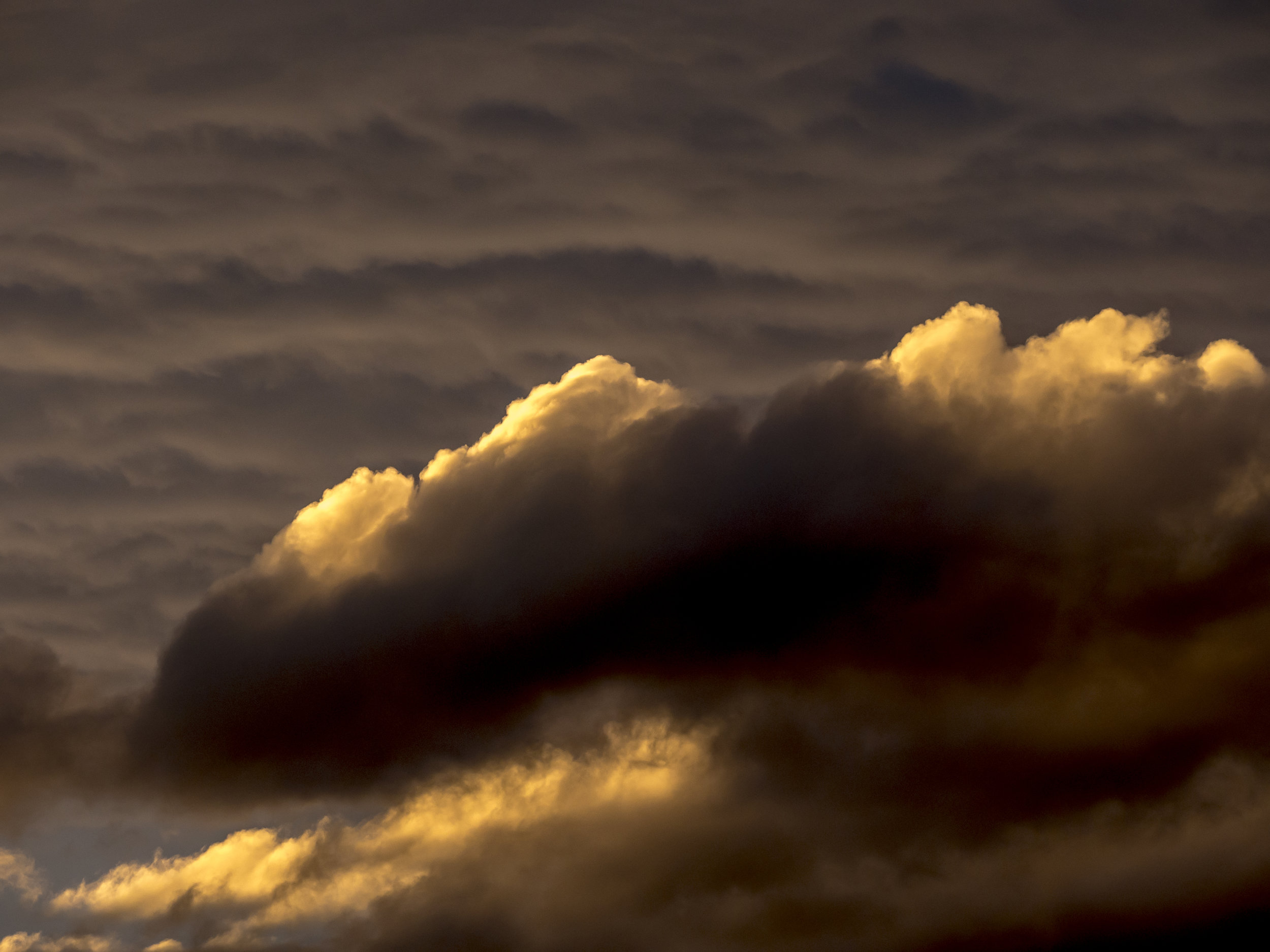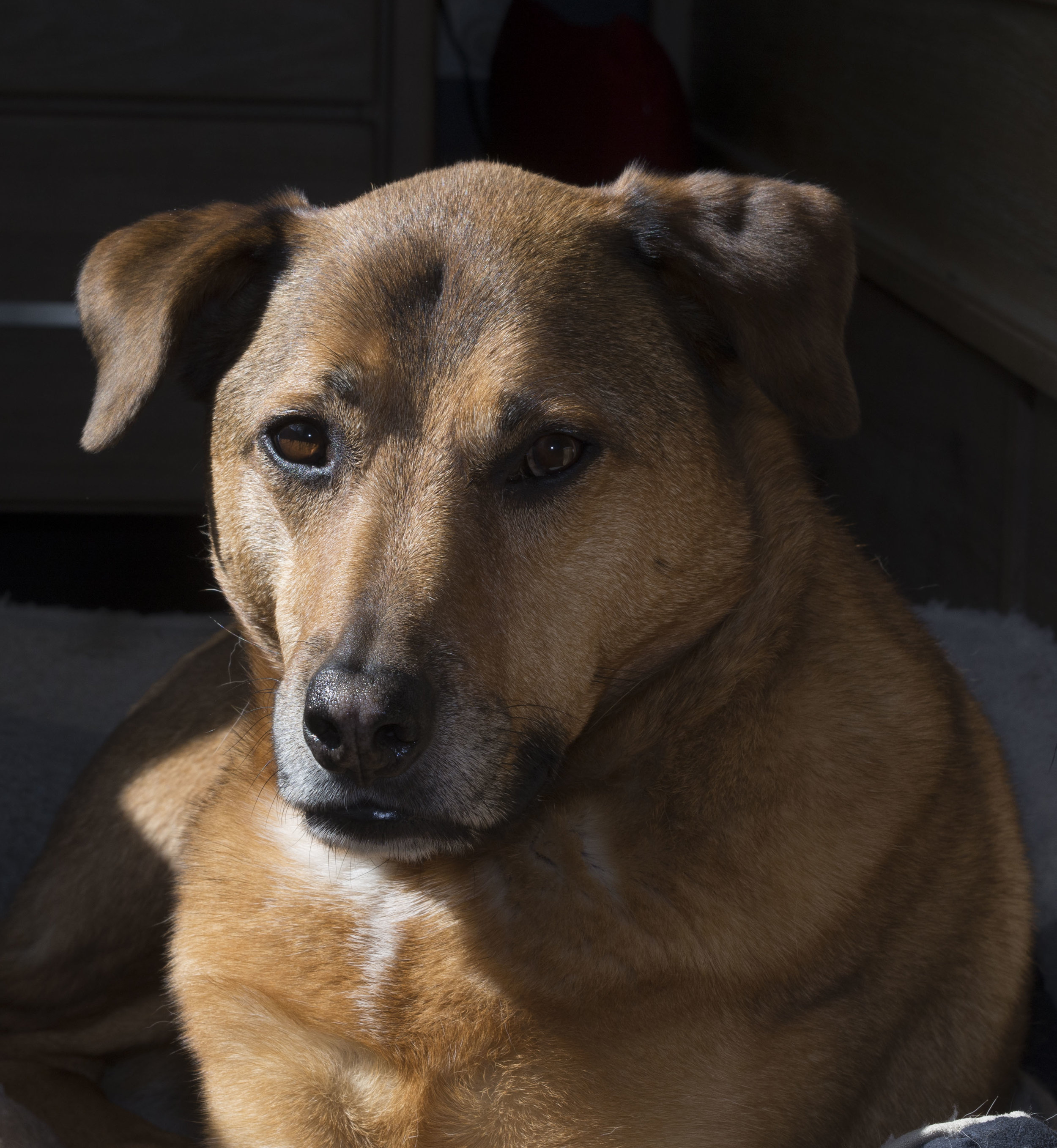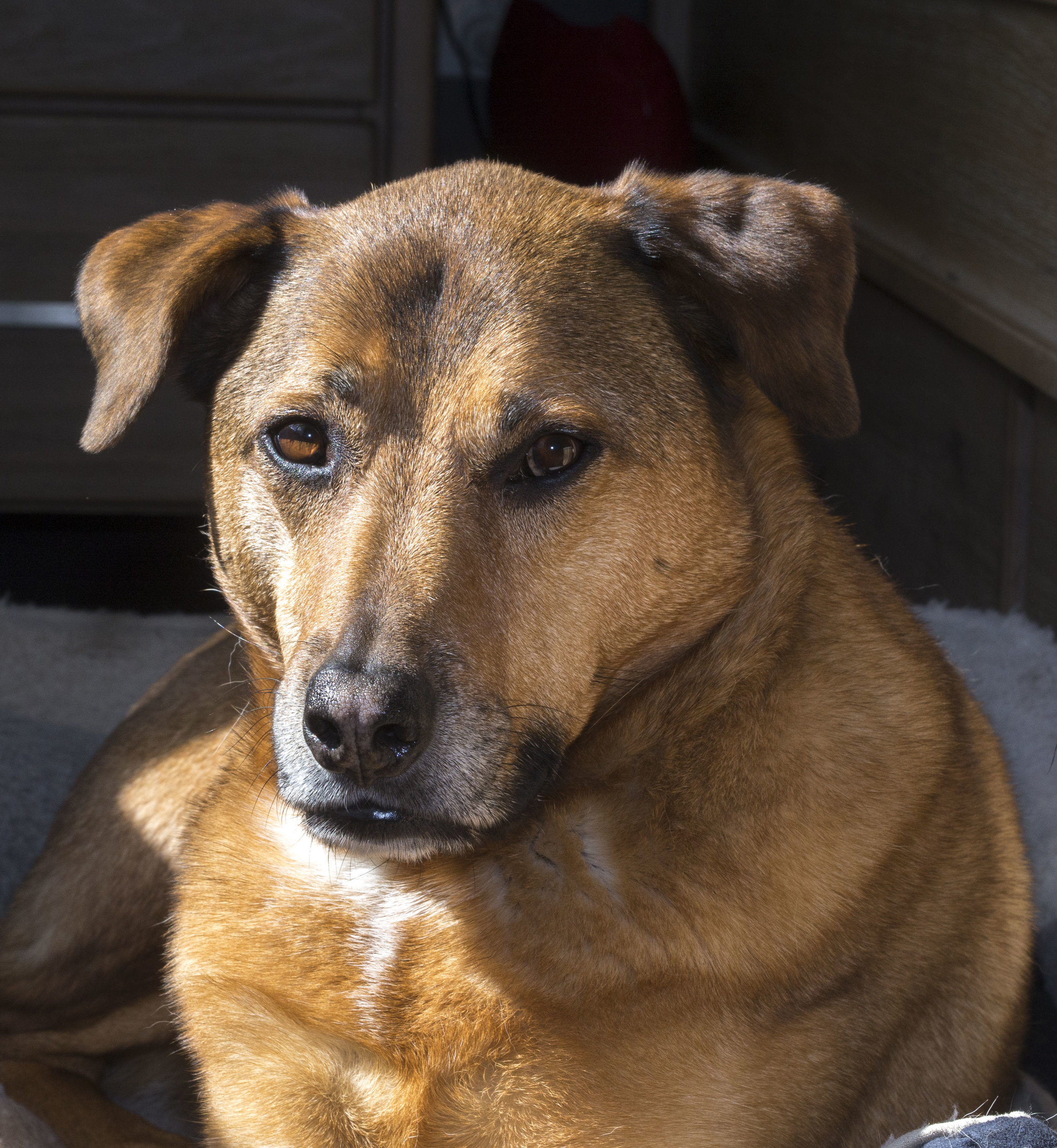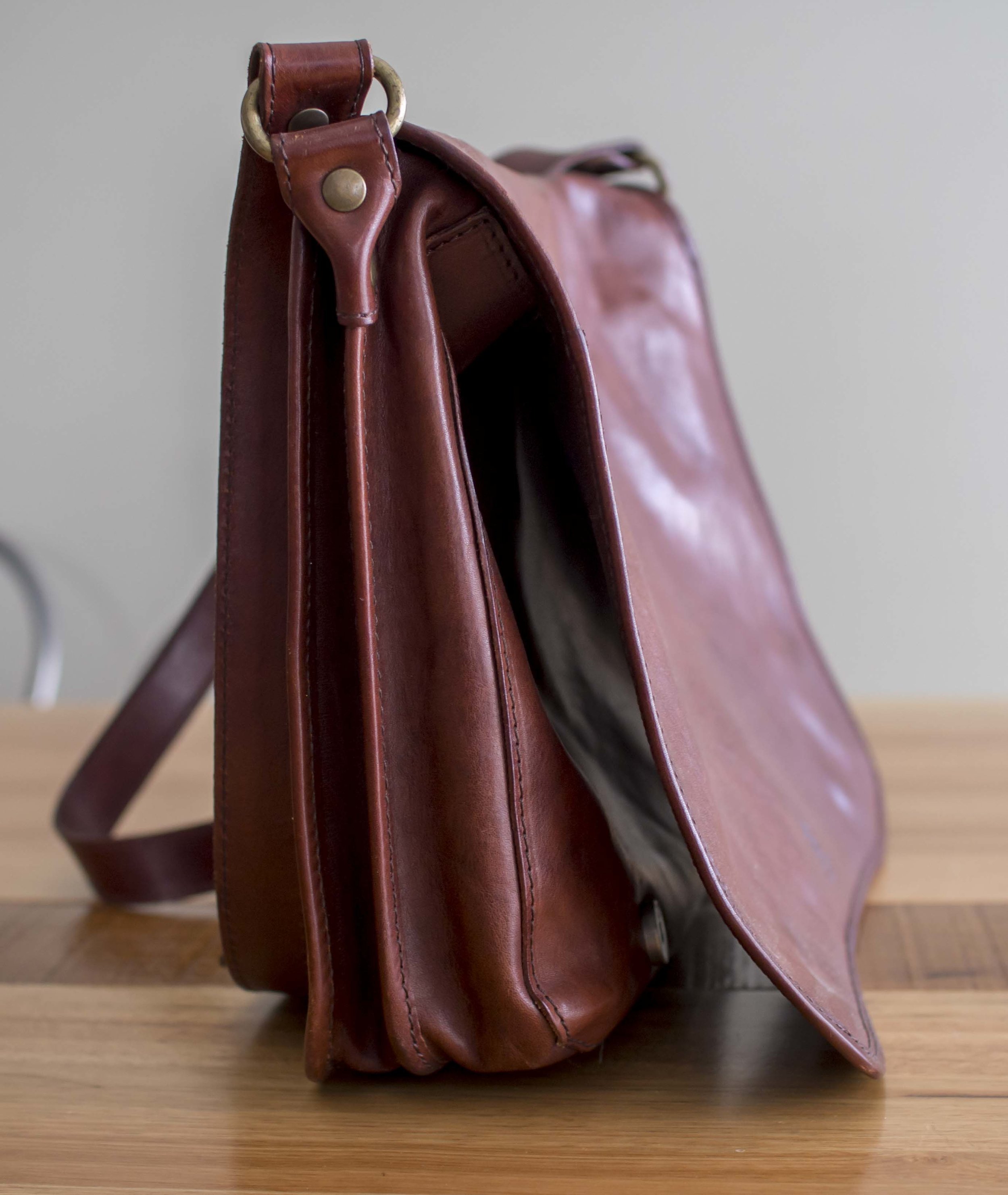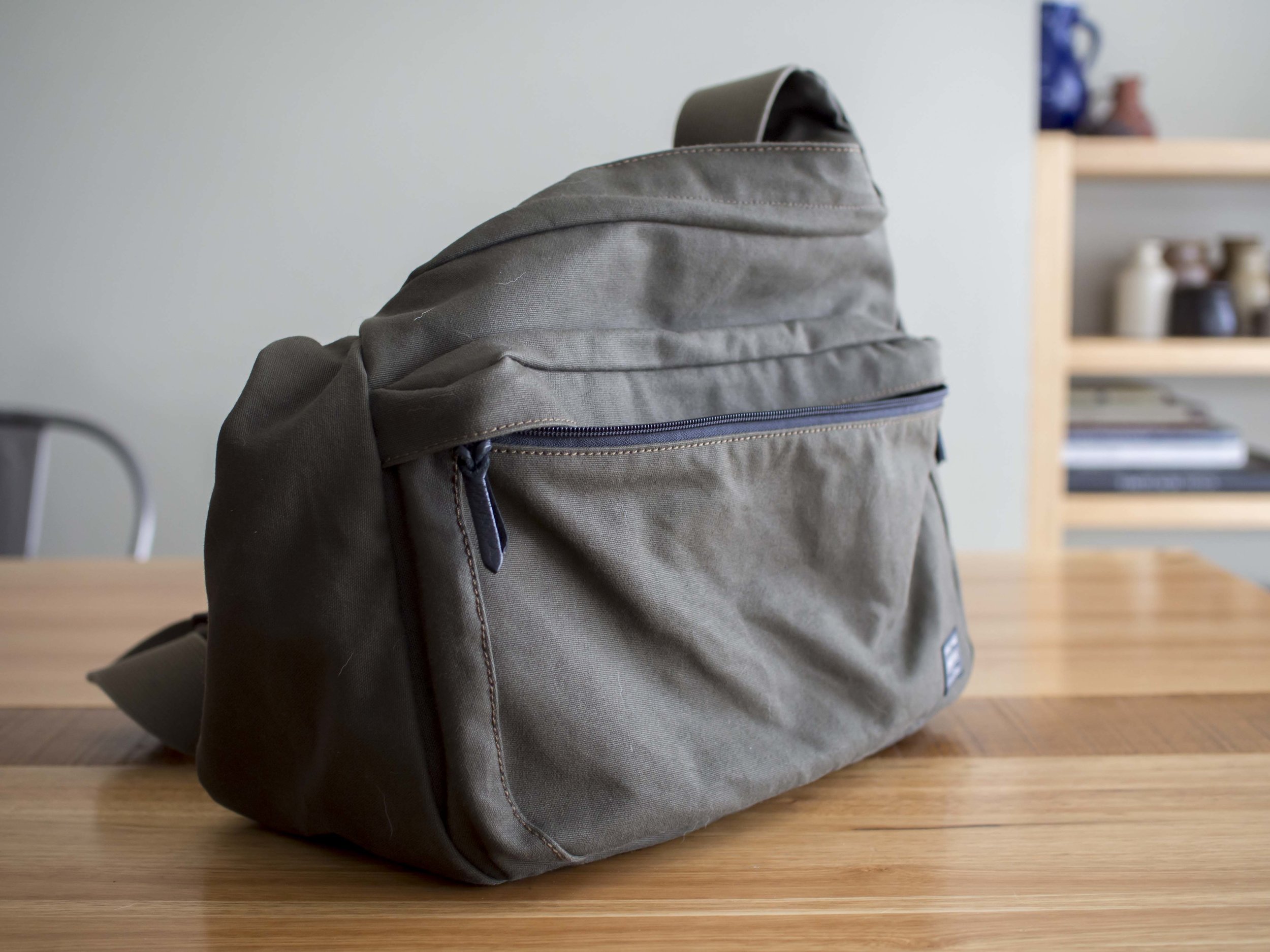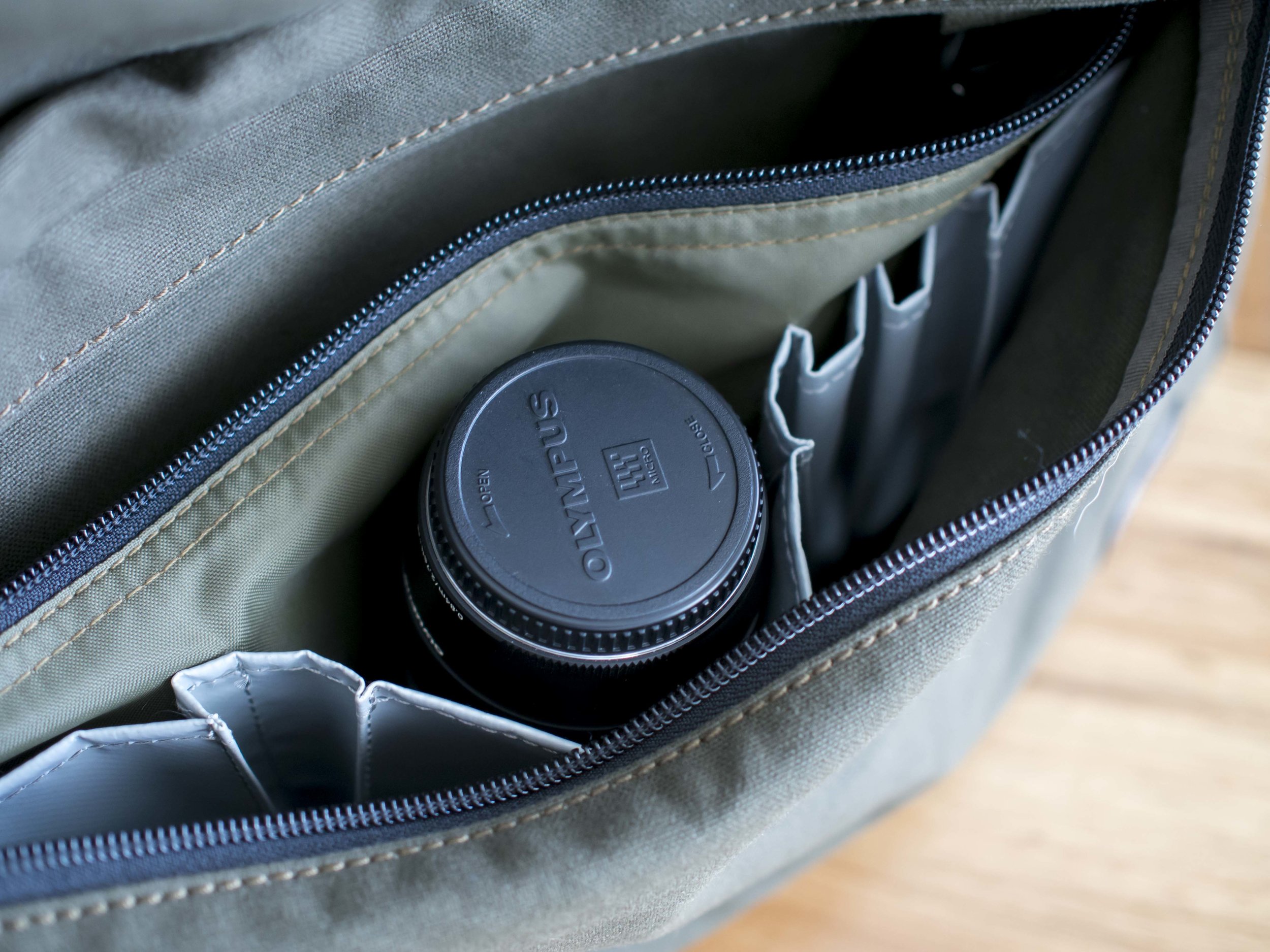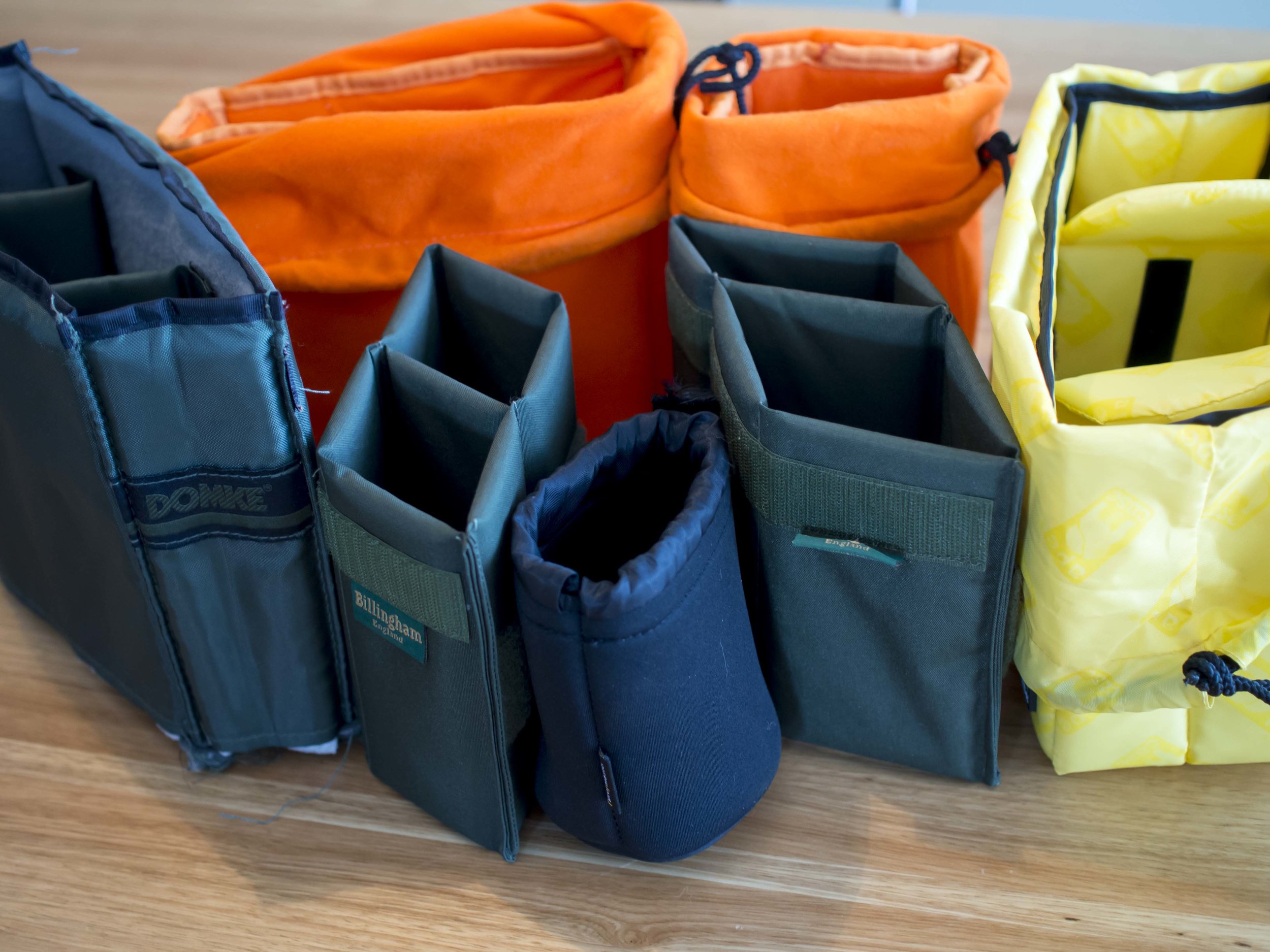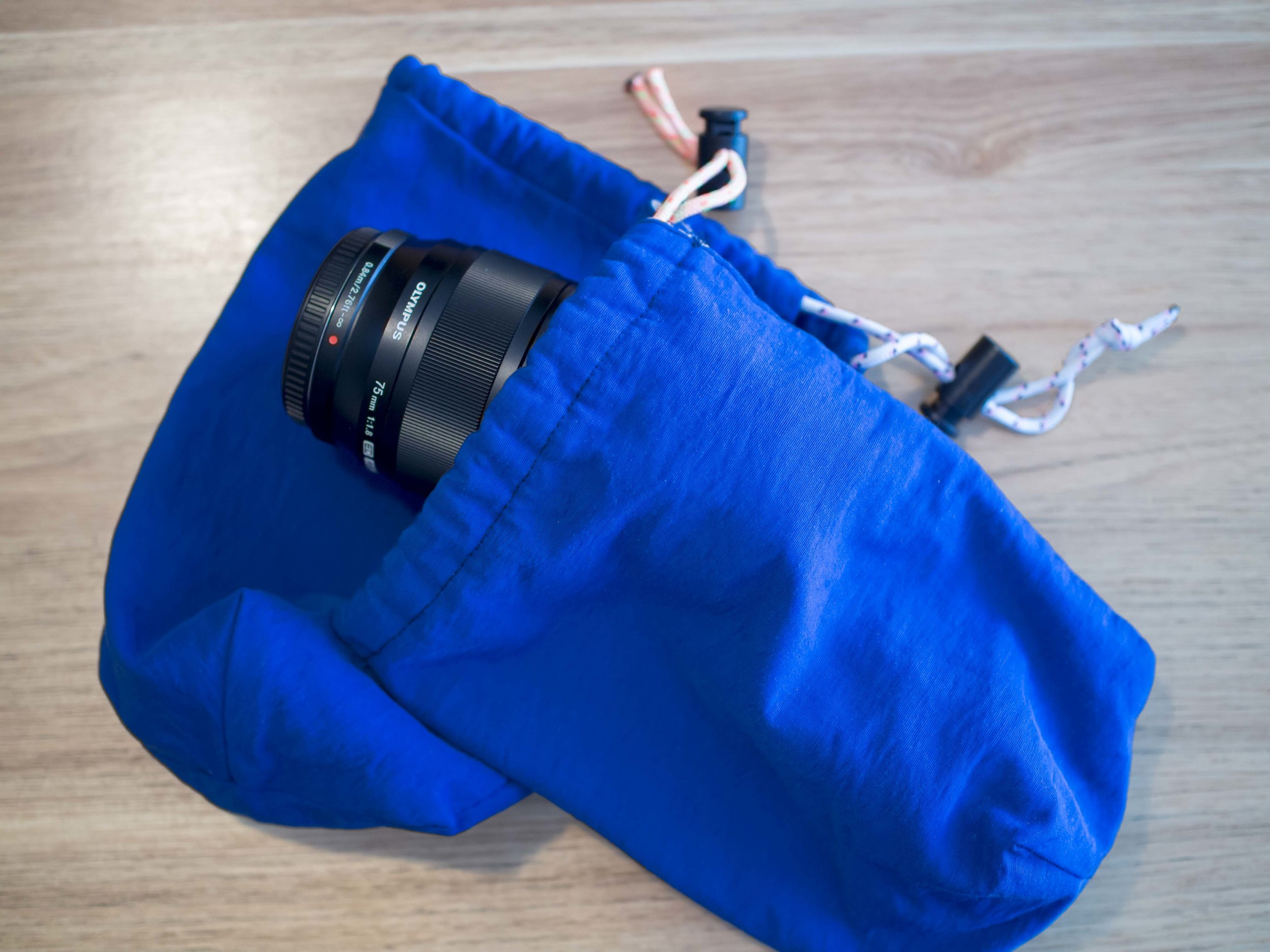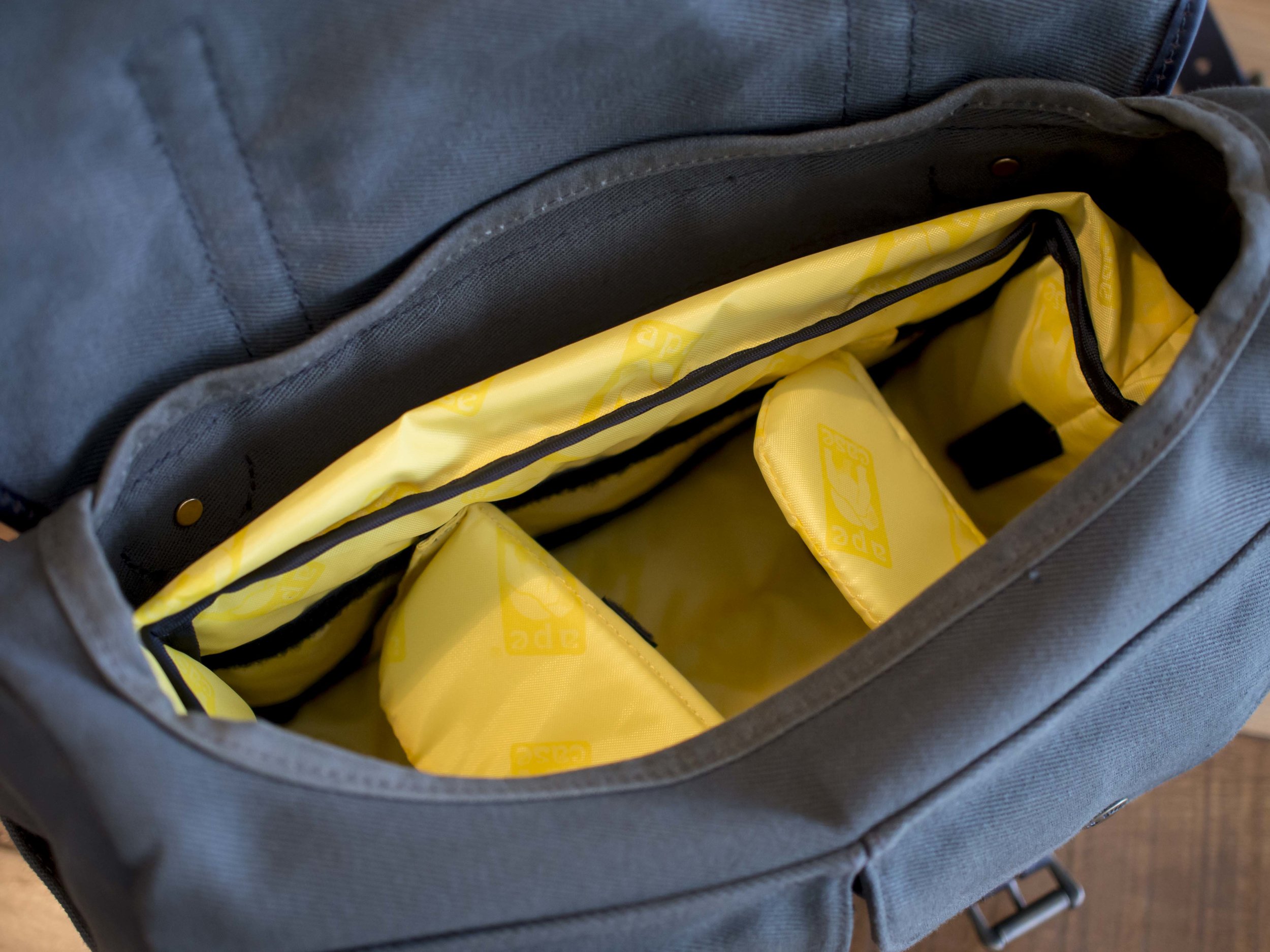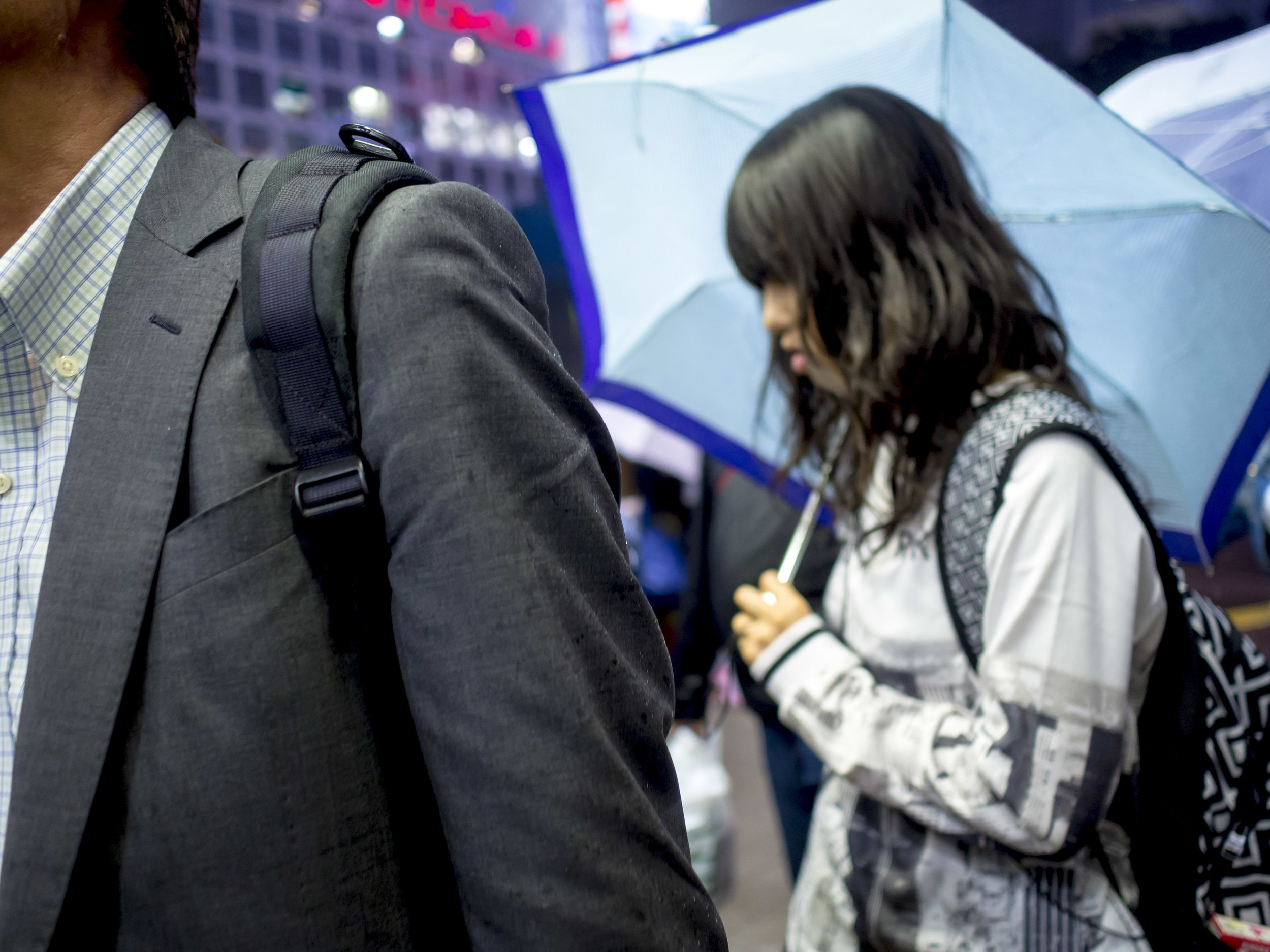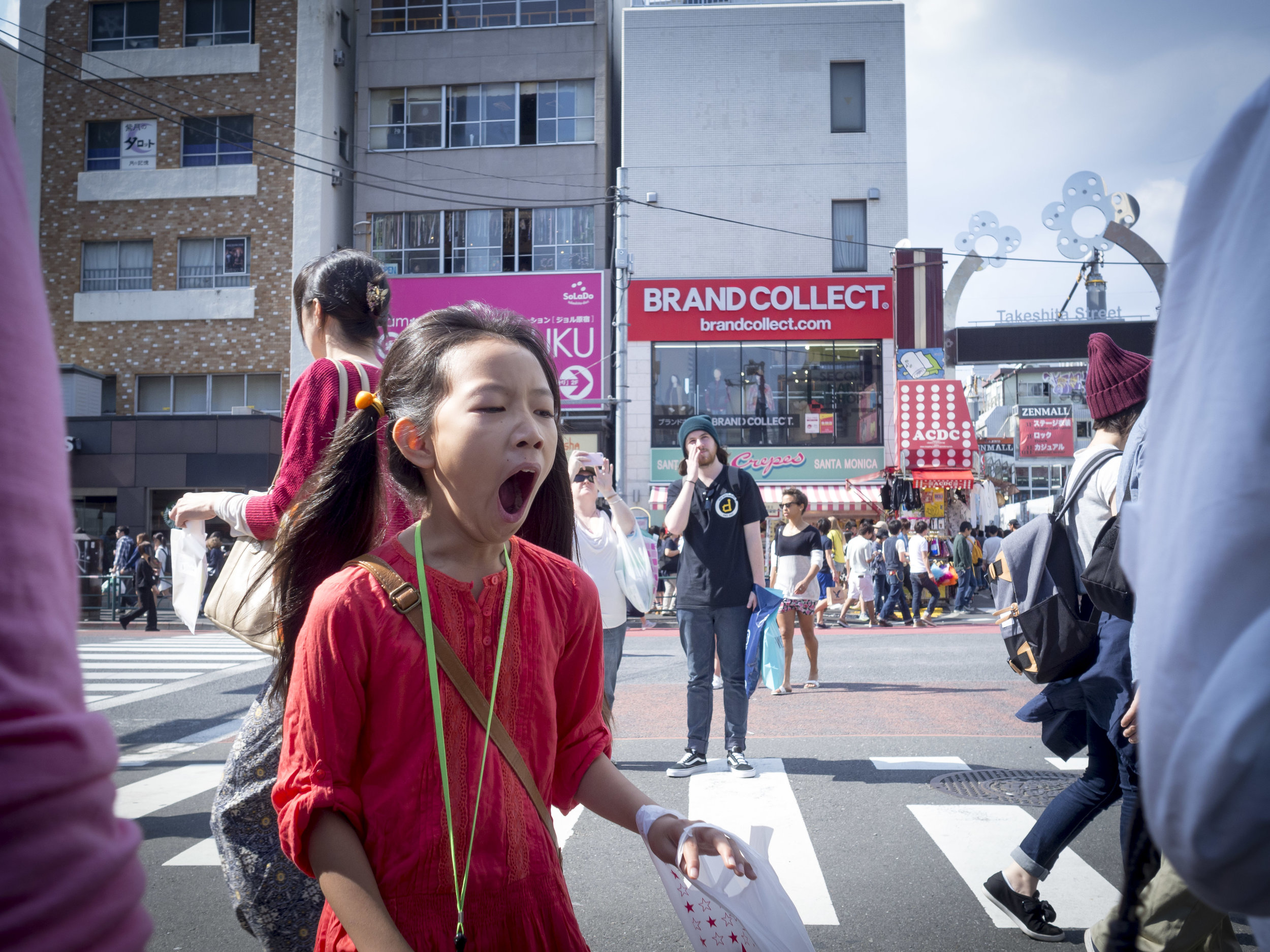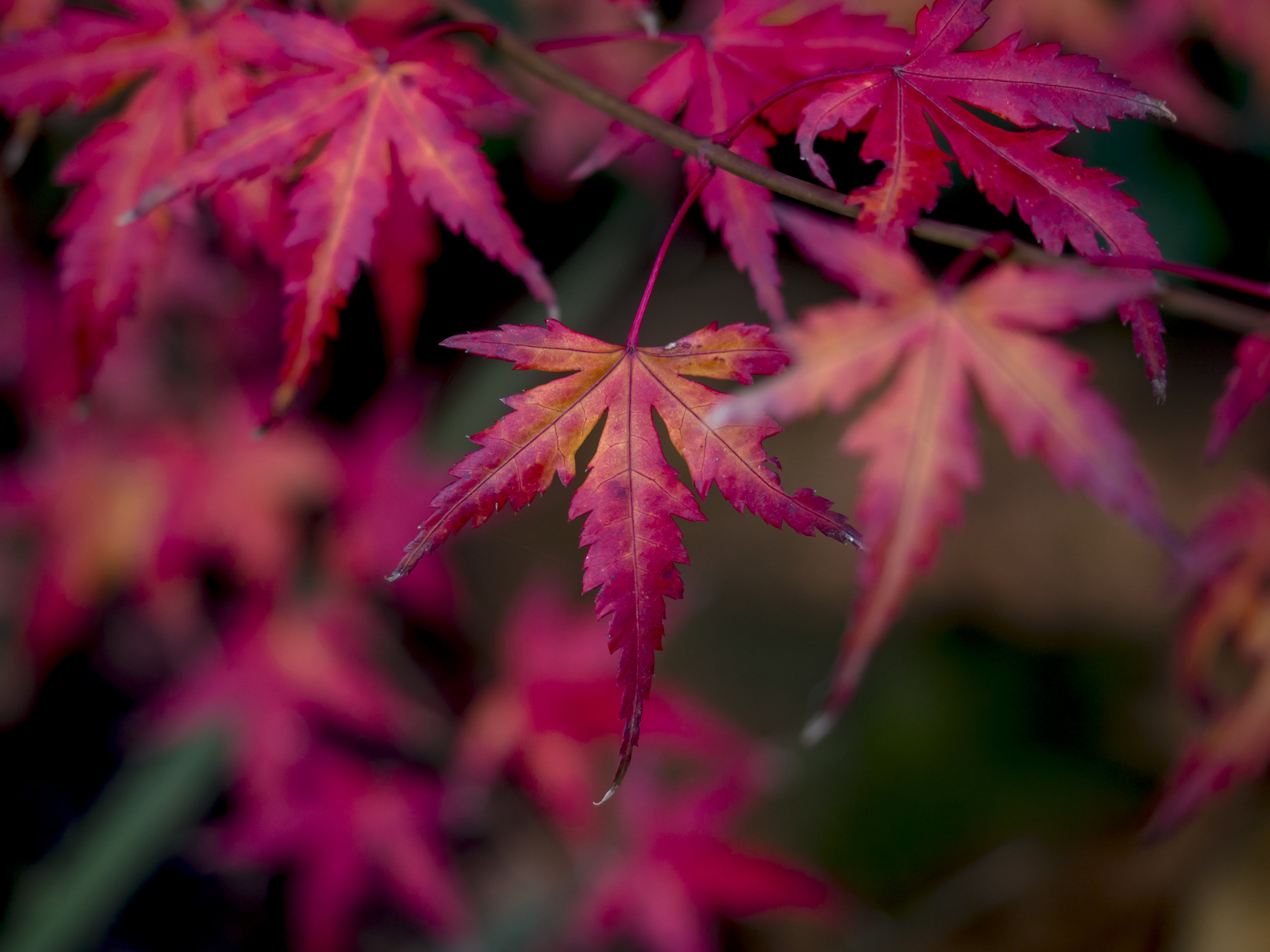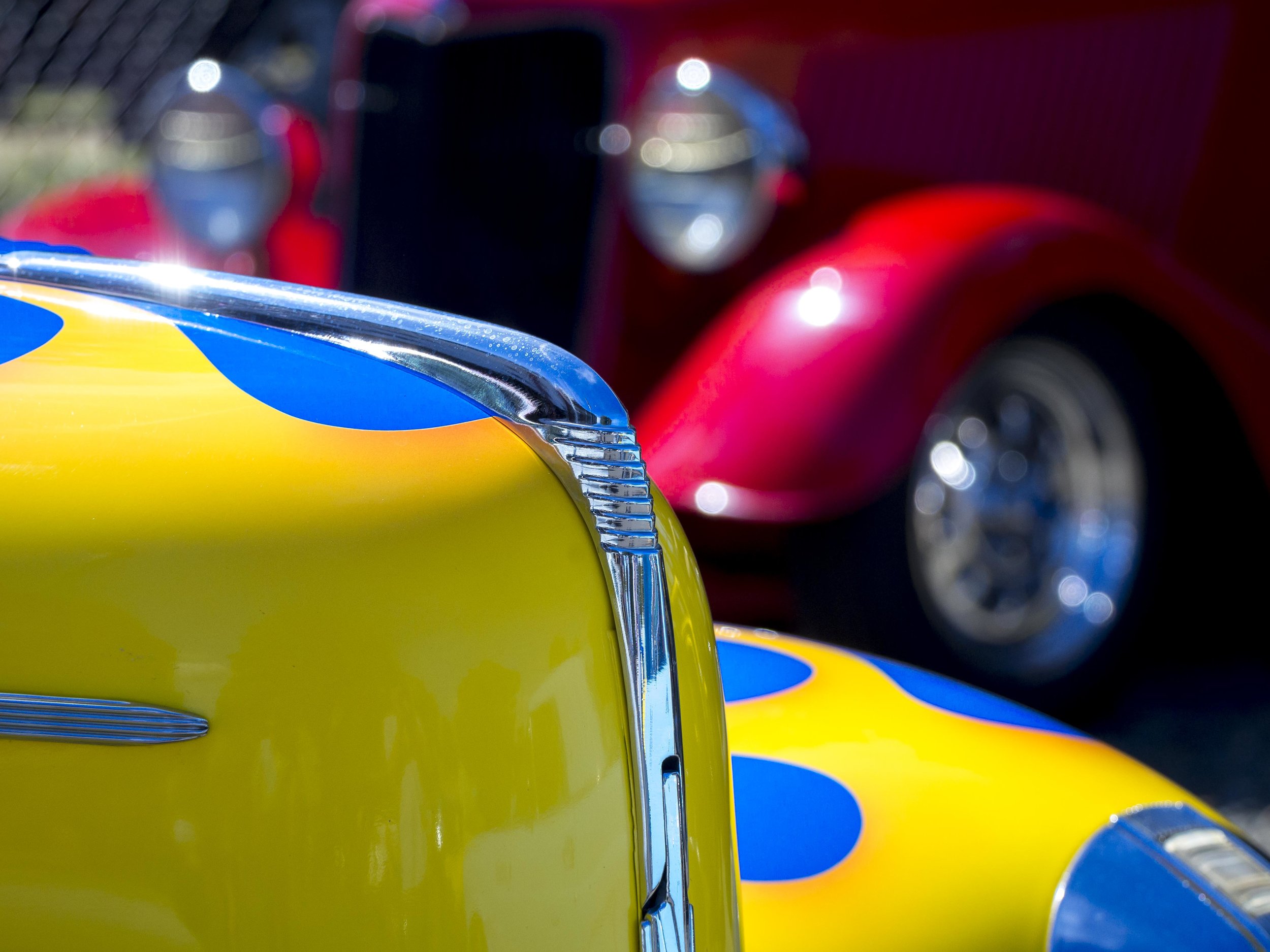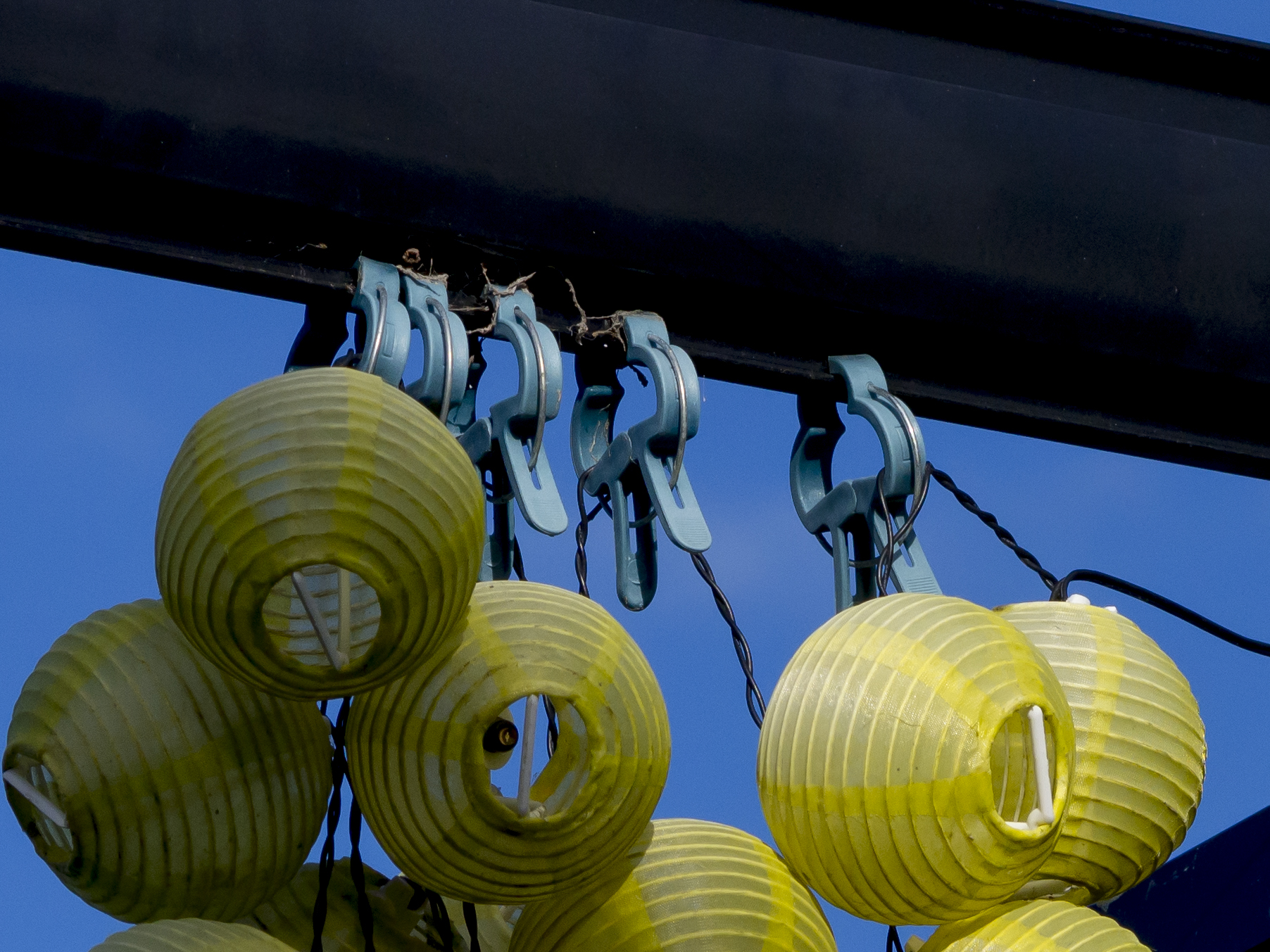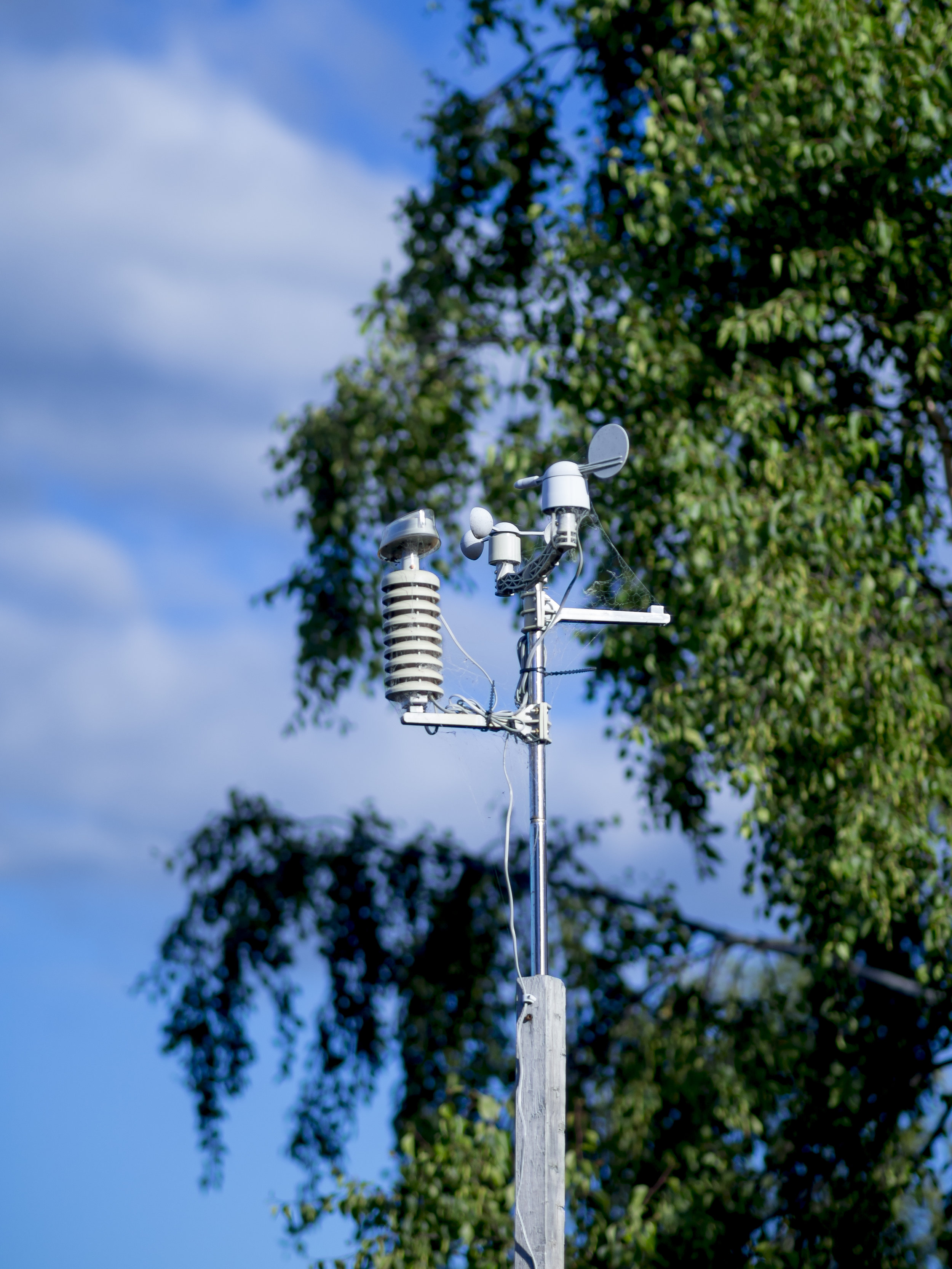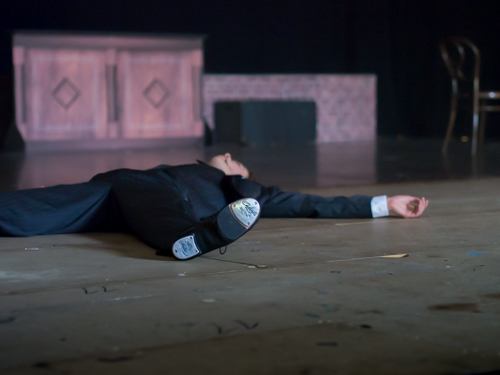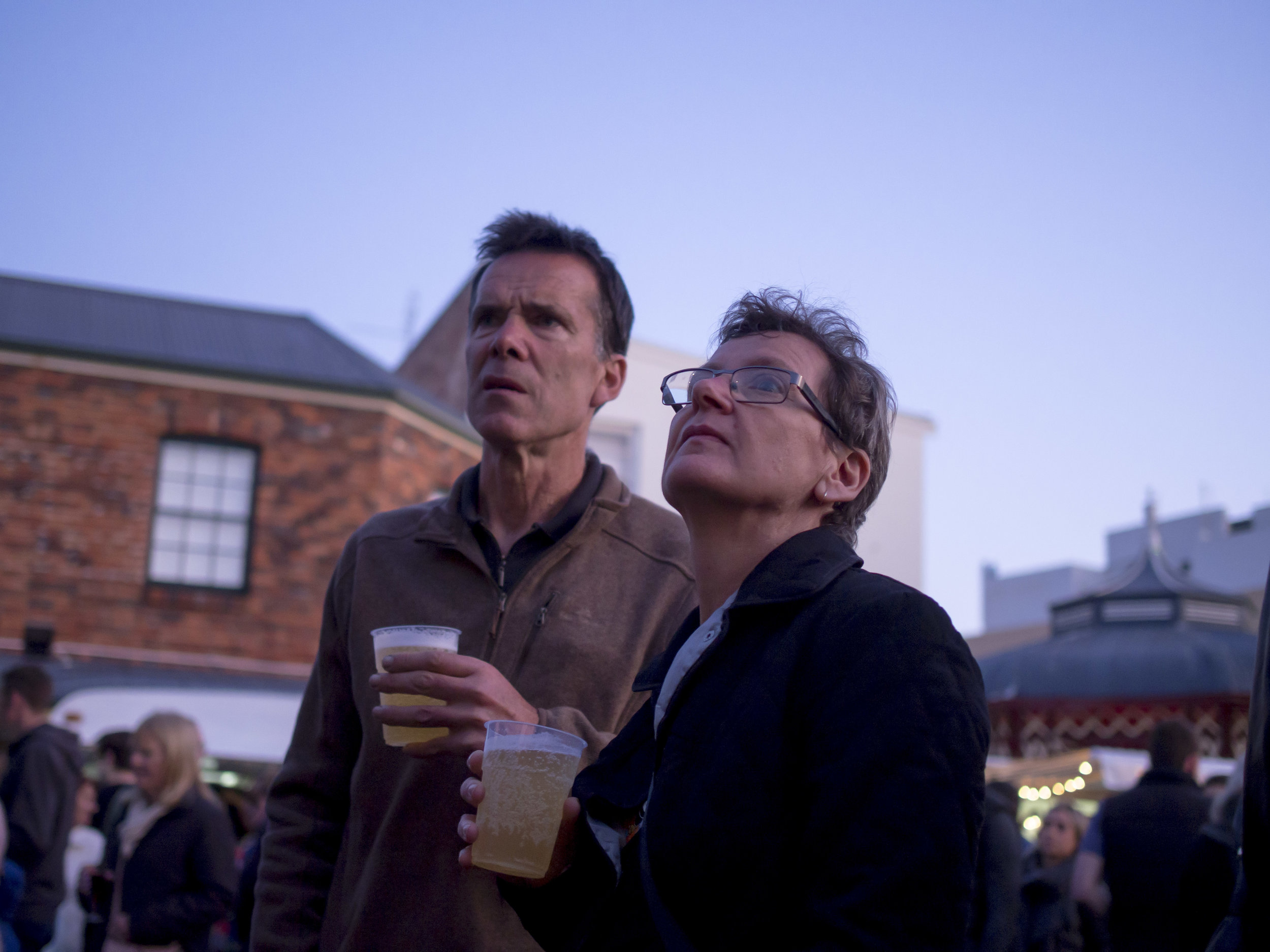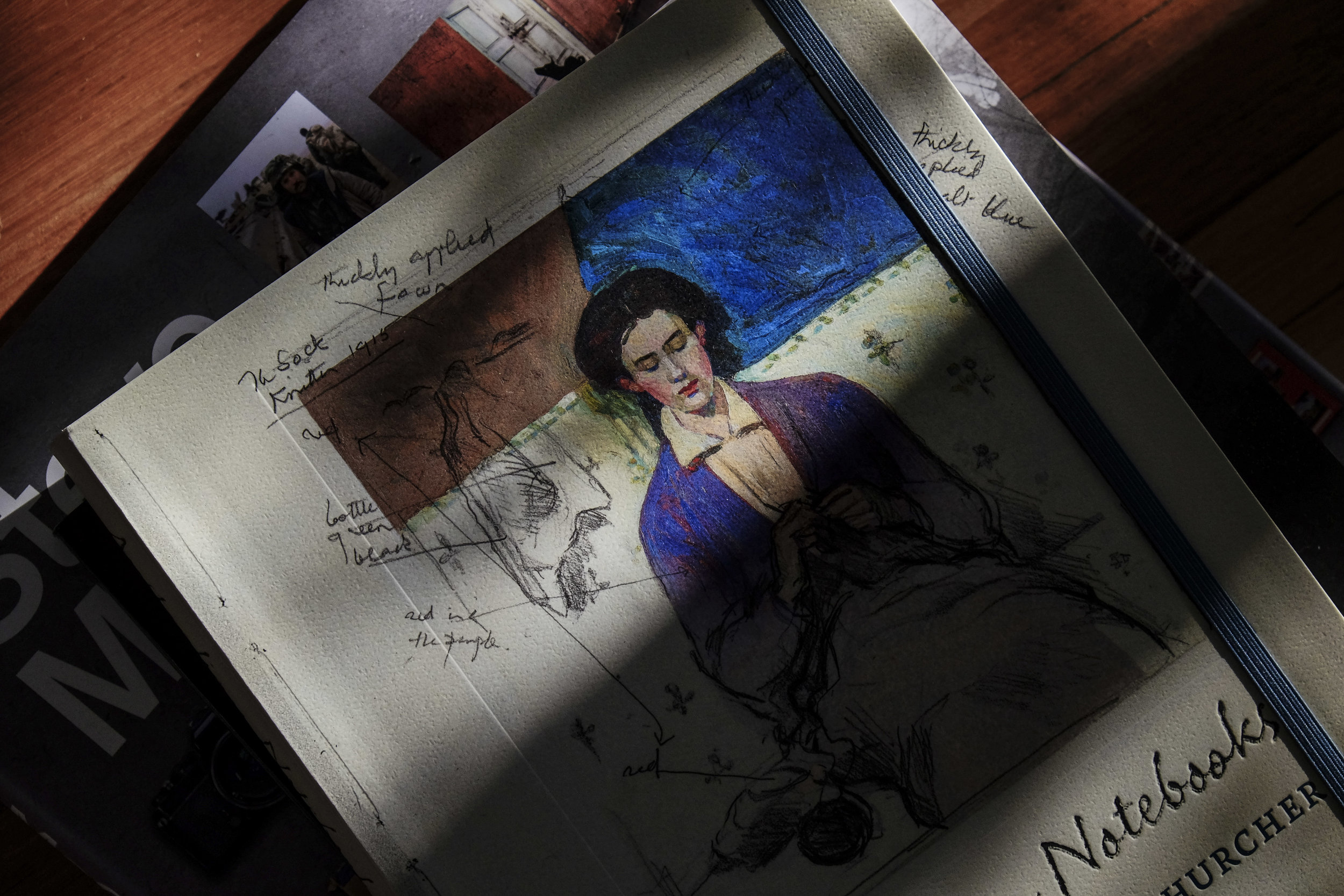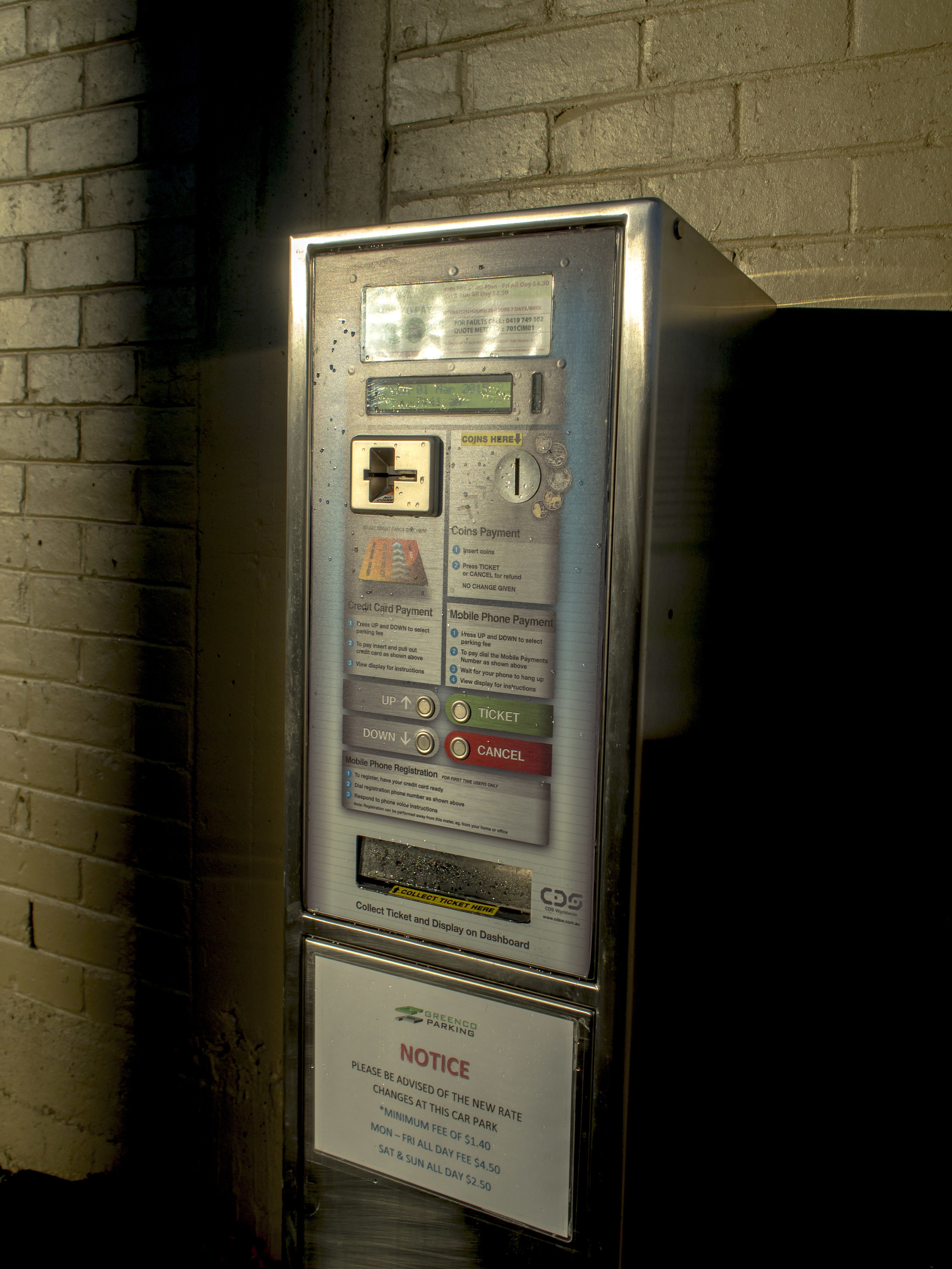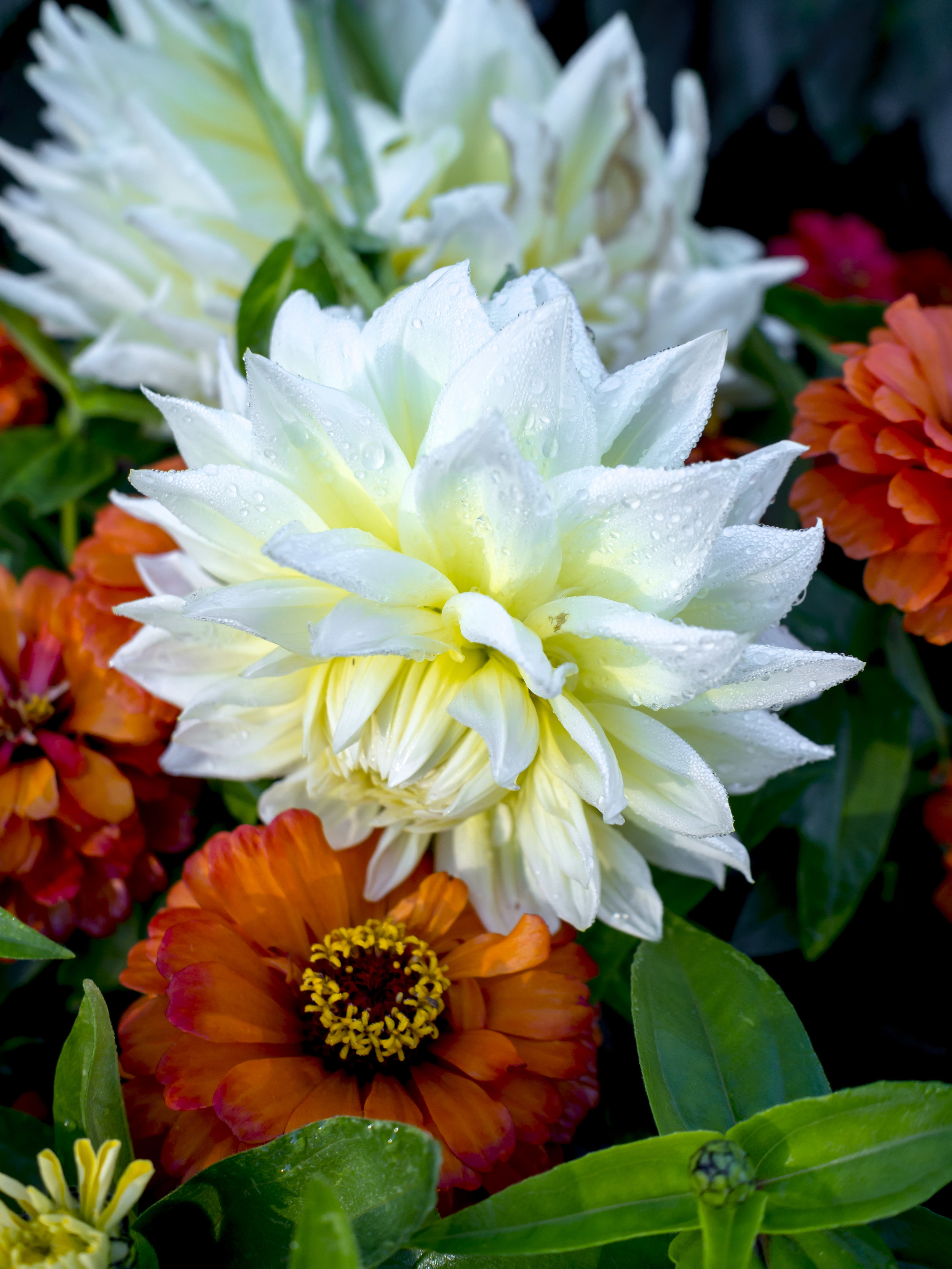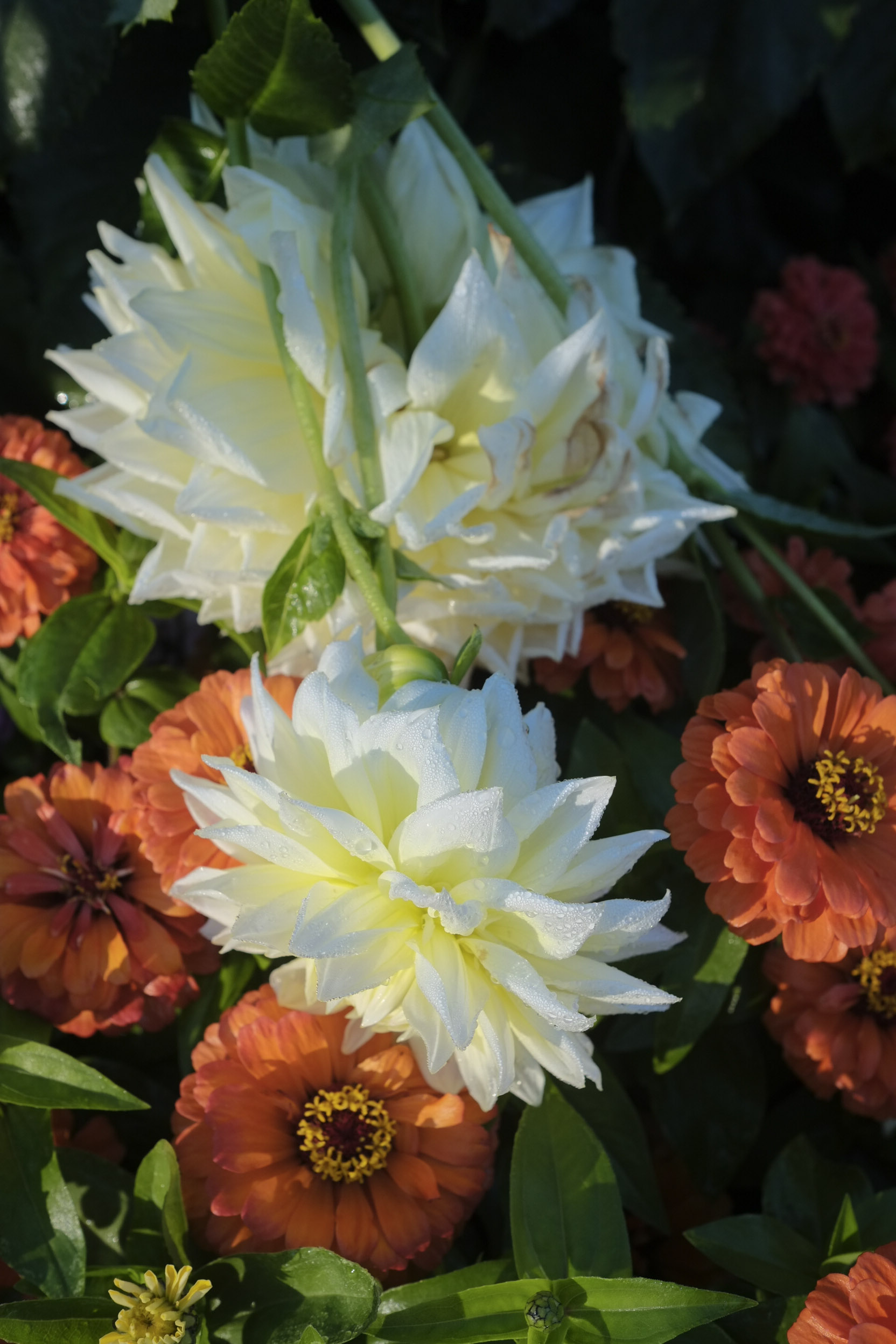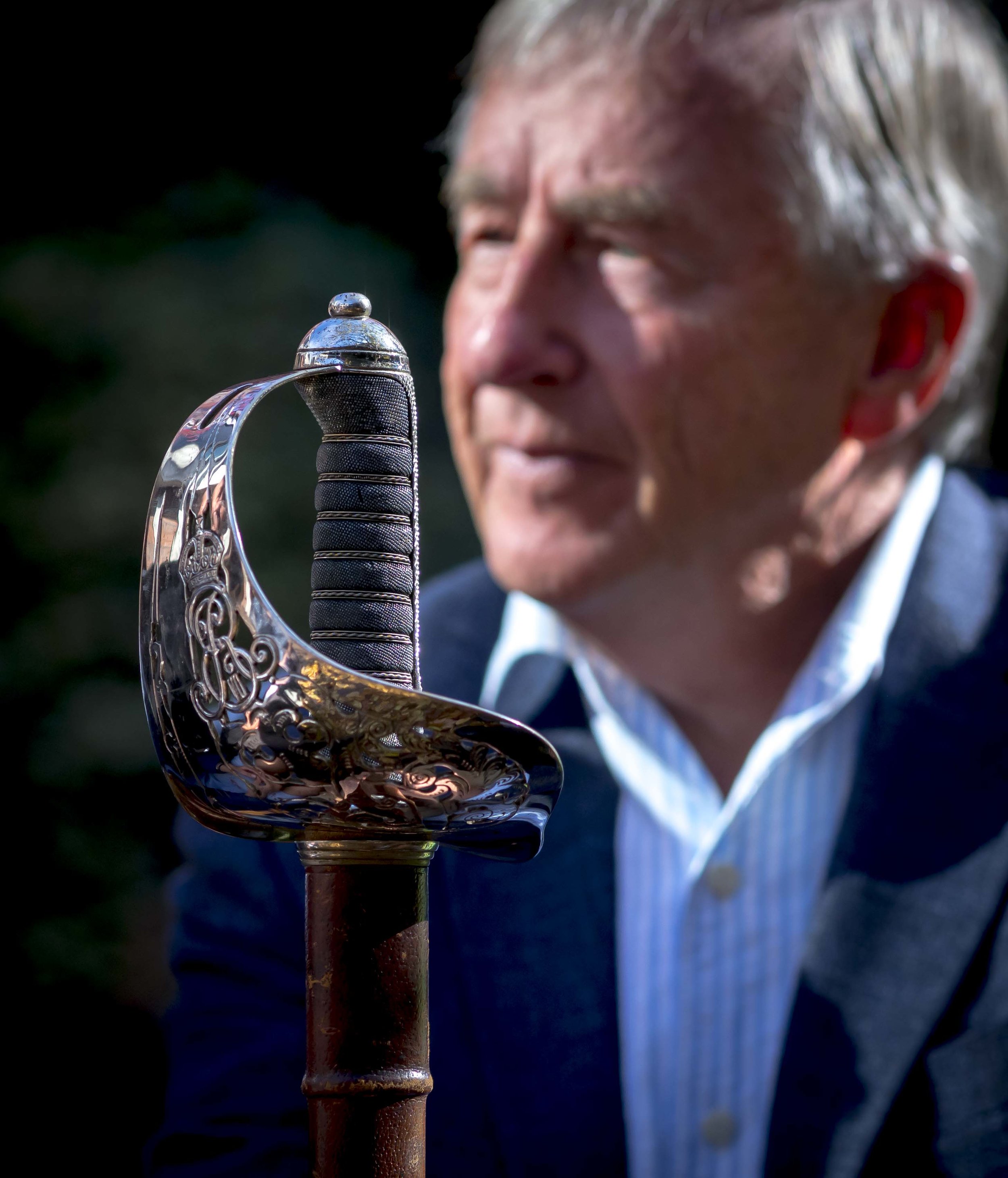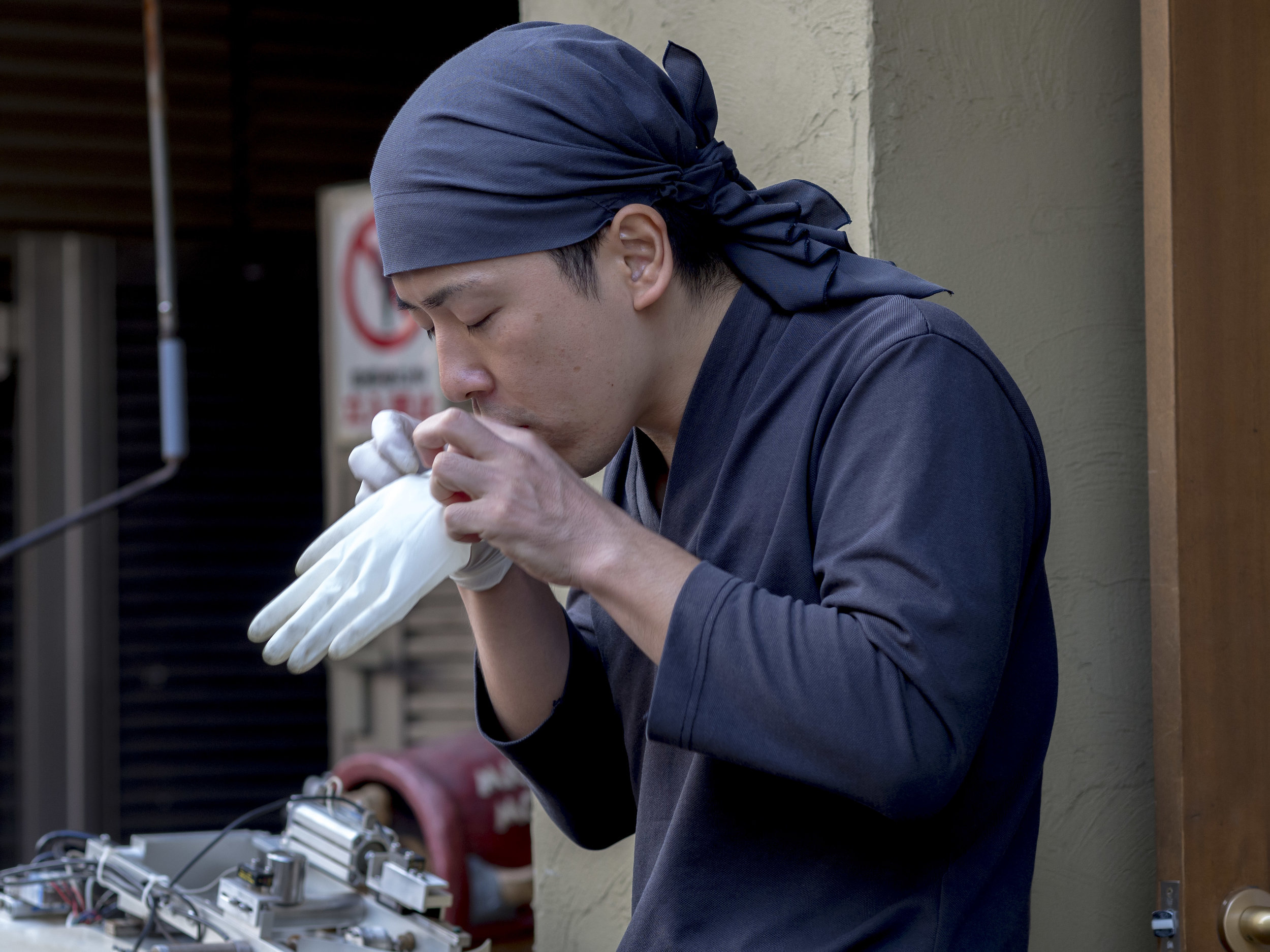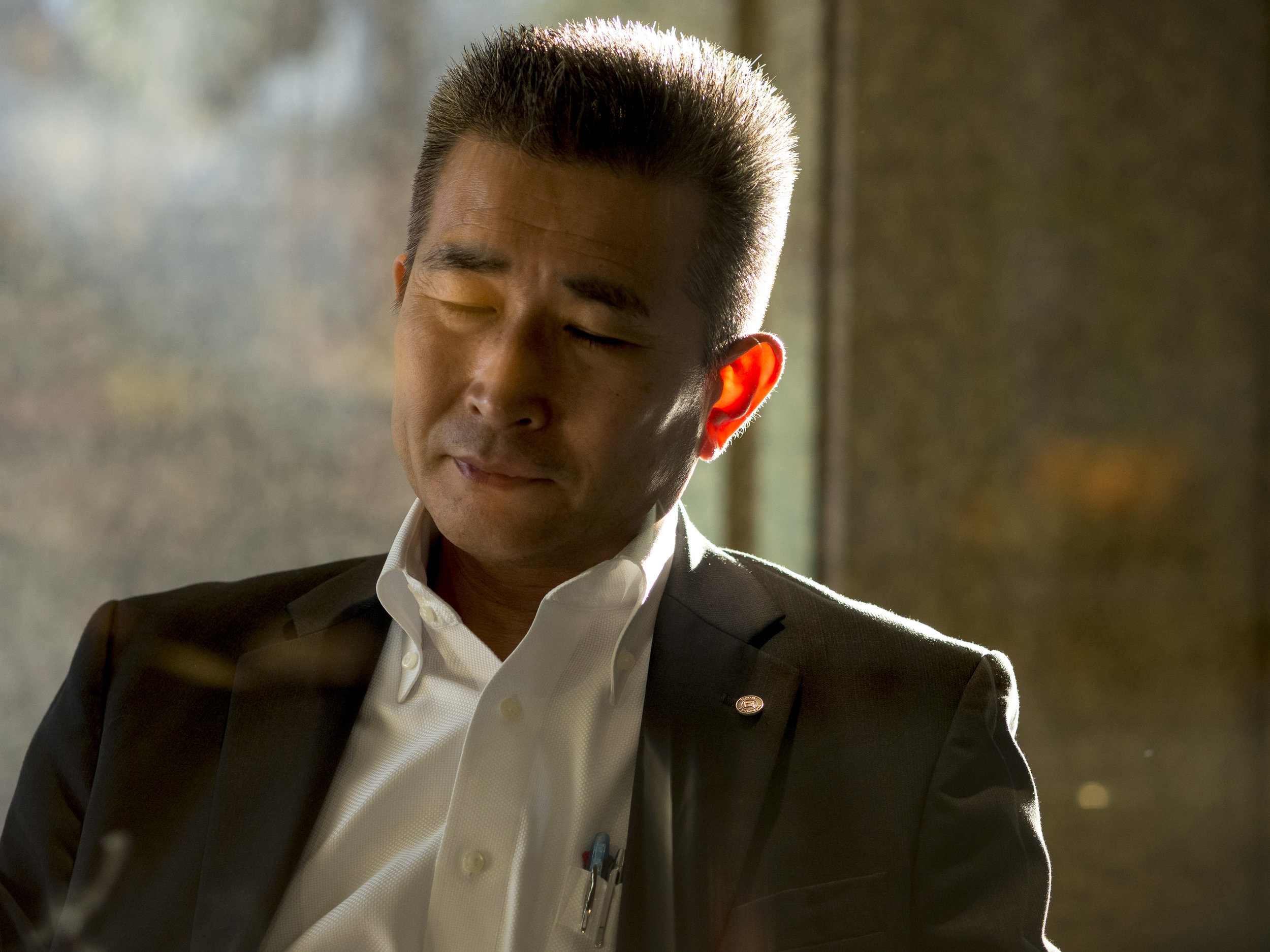A thank you letter to my EM5's, penned after a photo project involving active young children in natural indoor light with a less than 2% image file fail (exposure/focus) rate.
OMD 12-40 at 40mm f2.8. Still sexy.
To my trio of giant killing OMD cameras.
I would just like to write and express my appreciation for your loyal and consistent service, your excellent, often surprising image quality and pleasurable user dynamic.
You were the camera's that stopped my revolving door habit of Canon SLR's, my constant second guessing of lenses and the continuing problem of size/weight ratio to performance. You have also allowed me to indulge my second hobby of camera (or not) bag collecting, always accommodating my many choices.
I love your waist level viewing, stabiliser, small form factor, focus options and quiet shutter. These things make many images possible where they once would have required compromises.
Lightroom likes you and I like Lightroom so processing and work flow is ideal.
You have run cleanly. I have only ever noticed one early dust spot on any of the images made by my 6 Olympus M43 cameras* and that disappeared immediately. (A friend has a D750 that has been cleaned twice a year for two years and that replaced a bad D600!)
Your focus has been ground breaking and speed of operation as good as I have used. There have been some frustrations such as the odd placement of the on/off switch and the lack of a suitable button for taking AF off of the shutter button (a favourite Canon trick), but the fixes for these things are now habitual to me, negating their impact. The one dial top that came off (reattached with some double sided tape) has not happened again and no other dial, button or switch has failed (except the sub par grip that let you down, sorry, but that is gone and forgotten).
Averaging 60,000 frames each so far, I expect the three of you will have another few years left before any of you must be replaced and I promise to retire you respectfully. All that I ask is that you continue to serve me as you have for a while longer.
Is your sensor too small or your depth of field too deep? No, not in real life. How big do I need to print (40" at full frame quality as tested by others is bigger than I need), how shallow is too shallow (every aperture provided is practical to use). Even your high ISO performance is acceptably good (taking into account how seldom it is actually needed with your stabiliser and extra depth of field) even five years after your release.
Praise must also be given to the lenses that support you as they have been the most consistent and reliable group of lenses that I have ever had the pleasure of owning and the reason I initially went down the M43 path. No duds, no odd behaviour, or at least none that could not be put down to the user or fixable with firmware and no "don't go there" settings that most lenses suffer. I must not also forget the petite size they all offer for their focal power. Even my new gear jitters have been calmed. I look forward to next time I use any of them, indeed choosing is the problem. No qualms, no misgivings only anticipation.
Would I look at other brands? Once maybe, but not now. If I play the "what if" game, all roads lead back to you. No other brand has all the answers to the questions I would pose (size, quality for price, consistency of performance, lenses, character and handling). If I had more money, maybe Fuji would be in the bag as an option, but I would bet that as last time, I would rely on the Olympus kit most of the time.
Nikon is flagging world wide, Canon is still a slow thinking leviathan, king of the SLR's now, but for how long is that the pinnacle? Both brands can only offer full frame as a temptation. Sony is too inconsistent with their lens and their cameras have no soul, Pentax is an old favourite, but has much of the thinking of Nikon with the range patchiness of Sony.
Fuji is the most alluring, but really it is only the jpg engine cheat and some of the expensive, too large lenses that tempt. I have been there before. Their Lightroom processing issues, evolving form factor and the disconnect I felt when using them (twice now) have put that to bed.
Panasonic, your running mate is of course always in the mix. Maybe some lenses in the future, or not. Heaven forbid I need video, but if I do, I will look to home first before wandering.
The new leader of the pack (the Pen F) is not in spite of you, but because of you. It to is a seminal camera, the first of it's specification and bound to be a classic. Welcome it as I have as a sign of my commitment to you and your kind. There may be an EM1 Mk2 in the future, but that is simply to fill gaps you were never designed to fill.
On a final note, I do hope you find the JB grips comfortable, as I certainly do.
Thank you again, your grateful owner.
* 3x OMD EM5 Mk1, EPL3 (gifted), EPM 2, Pen F (also GH1, GF3, GF2 Panasonics)

